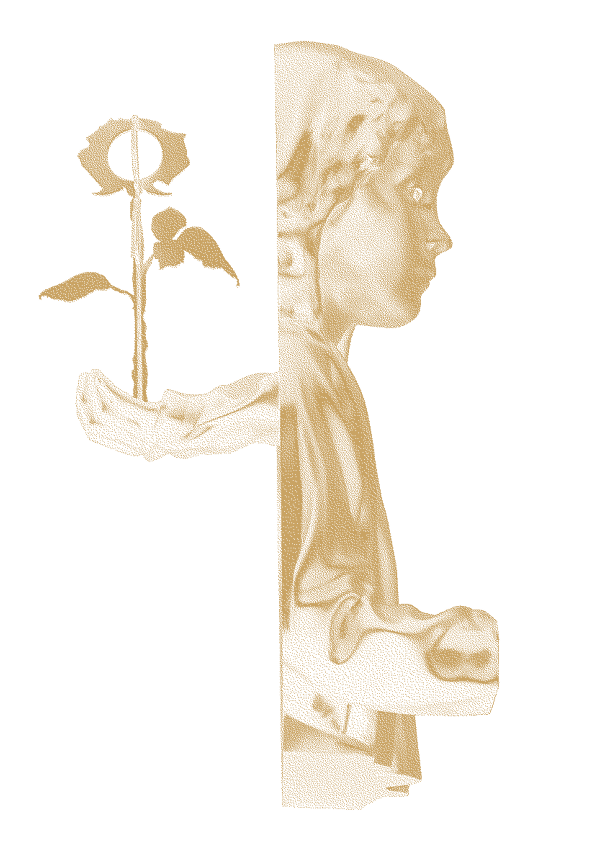
For its latest edition in partnership with Villa Medici, the French Academy in Rome, Genius Loci presented in Paris, in a historic landmark of modern architecture, a series of “Roman” works by the interdisciplinary artist Benoît Maire.
The exhibition, curated by Marion Vignal, has brought together a selection of paintings, sculptures, videos and furniture designs created by Maire during his residency at Villa Medici between 2021 and 2022. These works have been on view at the Ozenfant House, built in 1923 by Le Corbusier and Pierre Jeanneret for the painter Amédée Ozenfant, and open to the public exceptionally for this event. Conceived as a journey from Rome to Paris, the exhibition evoked a reflection on measurement and time, echoing Maire’s artistic process as well as the essence of this unique building, a veritable manifesto of the “new spirit” in architecture.
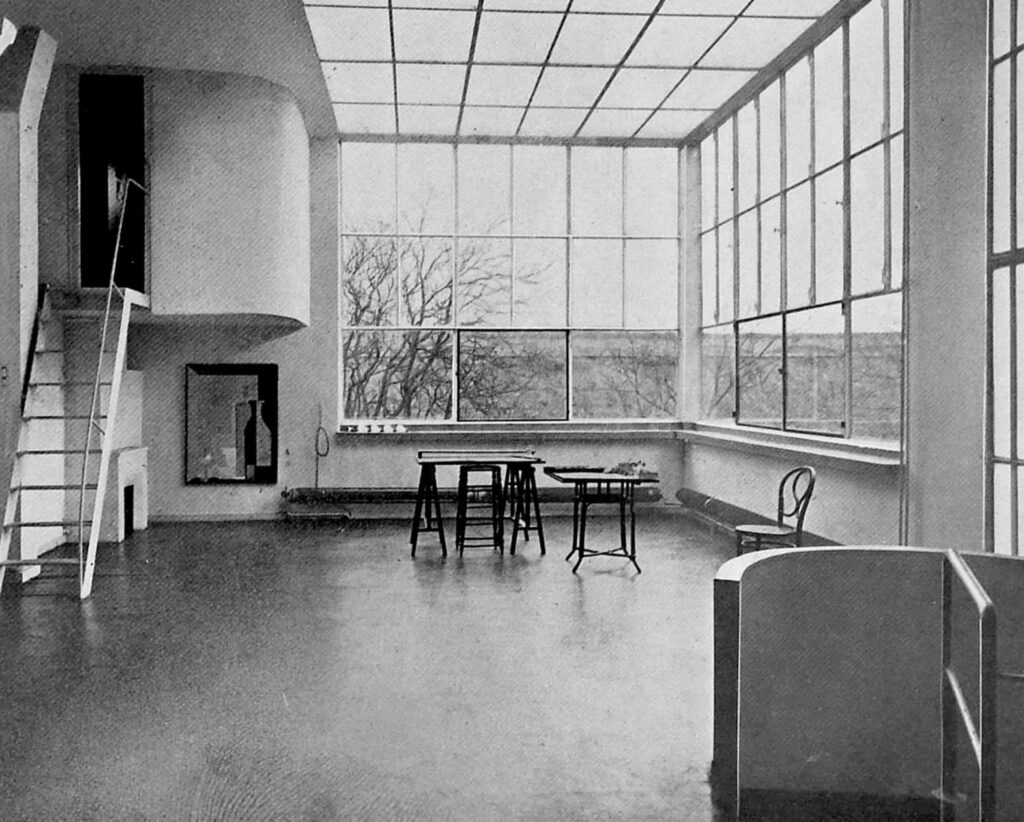
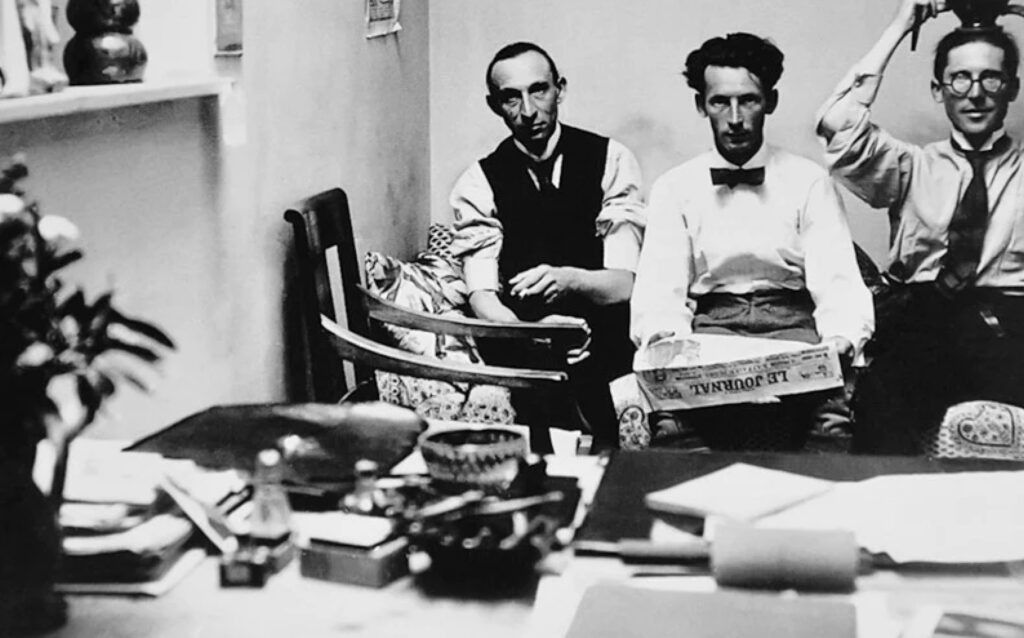




The first purist realization of Le Corbusier in association with his cousin Pierre Jeanneret
About Amédée Ozenfant
About Le Corbusier
Commissioned by the painter Amédée Ozenfant from his friend Charles-Édouard Jeanneret, known as Le Corbusier, it was built in 1923 on Avenue Reille, across from the Montsouris reservoirs. This studio-house embodies the artistic and intellectual bond between the painter and the architect, which began with their first reflections on Purism and L’Esprit Nouveau, the journal that they founded with the poet Paul Dermée in 1920, dedicated to the concepts of order and geometric precision.
Characterized by a monumental all-glass corner (roof and walls), the building is a showcase of Le Corbusier’s nascent modern style and experiments in form, in particular the free façade and open spaces. It exemplifies the architect’s idea of the simple, economical, rational and industrial dwelling. With the Ozenfant House, he introduced for the first time an “architectural promenade,” a pathway emphasizing elevation across the levels of human activity. This activity culminates in the studio, with its hanging library accessed by a narrow ladder.
Taking an active part in the architectural process, Ozenfant drew the preliminary sketches, entrusting the design to Le Corbusier and his cousin Jeanneret, who had recently joined his firm as an associate architect. “I would have been happy with a functional house – they built me a little gem,” Ozenfant wrote in his memoirs. “I was the engineer, Pierre perfected the floorplan and the technical aspects, Le Corbusier was the artist.” The painter worked in the house until 1939, when, fleeing the rise of Nazism, he sold the property and went into exile in New York.
A painter, theorist, and teacher, Amédée Ozenfant was born in Saint-Quentin, in the Picardy region of northern France, in 1886. Growing up with an architect father and a painter mother, he decided to pursue a career in the arts and enrolled at the Académie de la Palette in Paris in 1907. In 1915 he founded the journal L’Élan as a means of maintaining links with artists who had been sent to the front. Two years later, his friend Auguste Perret introduced him to Charles-Édouard Jeanneret, who quickly became his intellectual cohort. Together they defined the theory of Purism in their manifesto After Cubism(1918) and later founded the journal L’Esprit Nouveau(1920), in which they cultivated their vision of modernity in the realms of both art and architecture.
In 1928, Ozenfant gathered his artistic thoughts and theories in a book entitled Art, which achieved impressive success in France and internationally. Thereafter, his paintings became a reflection of his philosophical doubts and spiritual quest. In the 1930s he joined the movement against the rise of fascism in Europe and developed his devotion to teaching as a means of exalting the arts and the mind. He opened an academy in his Paris studio-house before moving to London. There, in 1938, he completed his painting Vie (“Life”), the result of seven years of work and a symbol of the loss of humanism. In 1939, he opened the Ozenfant School of Fine Arts in New York. Persecuted during the McCarthy era due to his political convictions, Ozenfant returned to France in 1955. His paintings then evolved in several directions (fireworks and clouds, mountains and seascapes, foliage, architecture) before returning to his Purist themes. He died in Cannes in 1966.
Born in 1887 in La-Chaux-de-Fonds, Switzerland, Charles-Édouard Jeanneret, known as Le Corbusier, was an architect, urban planner, painter, designer and theoretician. After early training in engraving and chasing, Jeanneret soon turned his attention to architecture. He learned the principles of reinforced concrete construction working with Auguste Perret before opening his own firm in Switzerland in 1914. The widespread destruction of World War I led him to rethink the standard architectural modules. He moved to Paris in 1917, where in 1918 he and the painter Amédée Ozenfant marked the birth of Purism with their manifesto After Cubism, whose publication included an invitation to a joint exhibition. The paintings by the two men from this period are characterized by simplified shapes, the rejection of decorative elements, a reduced chromatic palette, and an emphasis on a mechanical aesthetic. With the poet Paul Dermée, Jeanneret and Ozenfant founded the artistic journal L’Esprit Nouveau in 1920, using its pages as a sounding board for their theories and visions of art and architecture.
In 1922 the architect began working with his cousin Pierre Jeanneret (1896 –1967), and in 1924 opened a studio at 35 Rue de Sèvres in Paris. A few years later, the Villa Savoye in Poissy (1928 –1931) crystallized his Purist principles and the foundations of modern architecture. After World War II, Le Corbusier designed the Cité Radieuse housing complex in Marseille (1947–1952) along with many other Brutalist structures, including the Saint-Dié factory (1946), the Notre-Dame-du-Haut chapel in Ronchamp (1950 –1955) and the Sainte-Marie de la Tourette priory in Éveux-sur-l’Arbresle (1953 –1960). The architect died in 1965, felled by a heart attack while swimming in the Mediterranean in front of his cabin in Roquebrune-Cap-Martin, the encapsulation of his reflections on the minimal dwelling space. Today, 17 of his buildings have been named UNESCO World Heritage Sites.
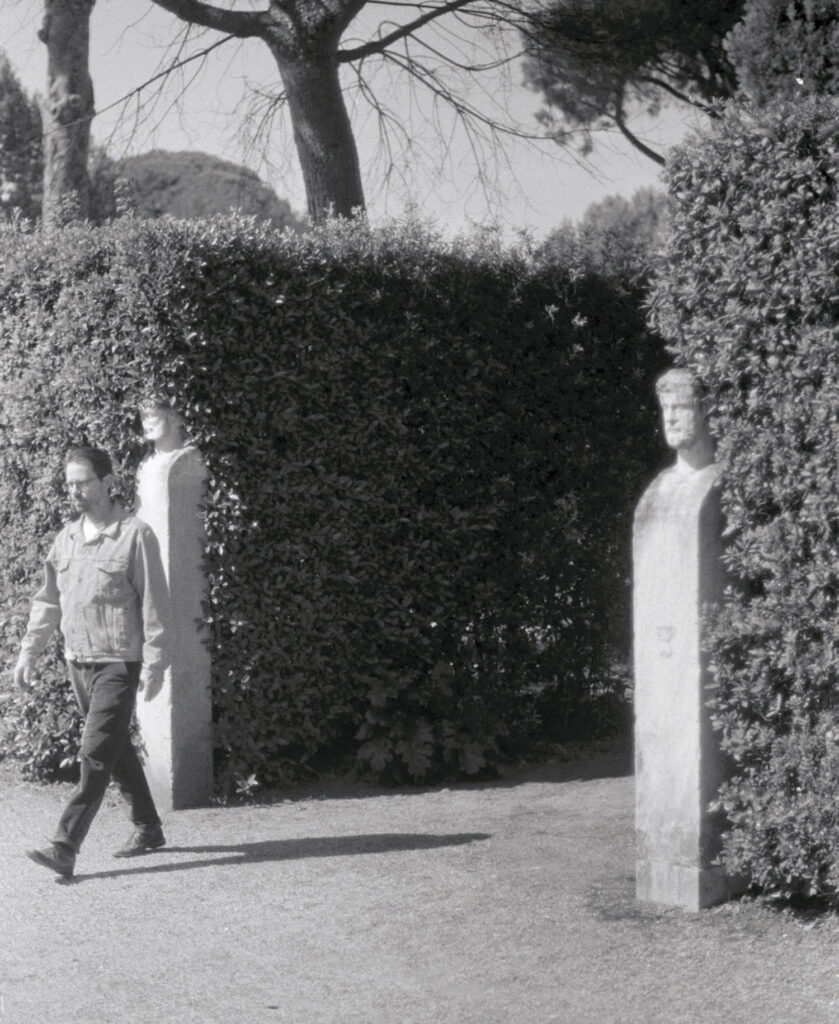
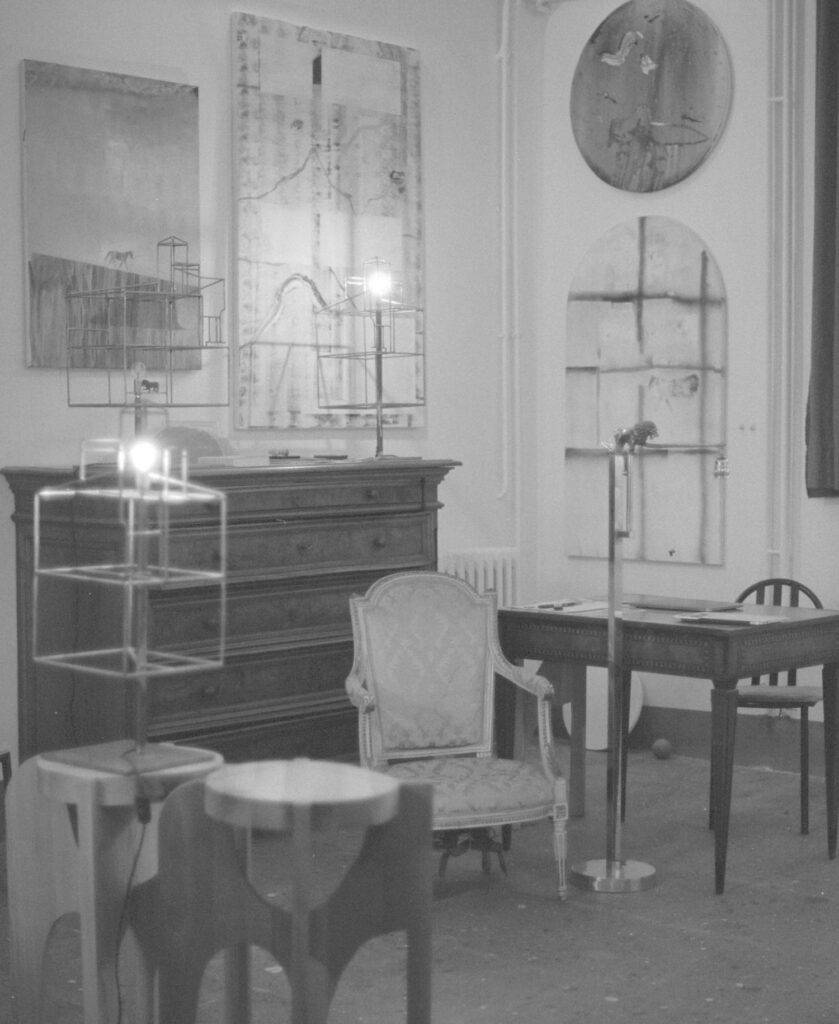
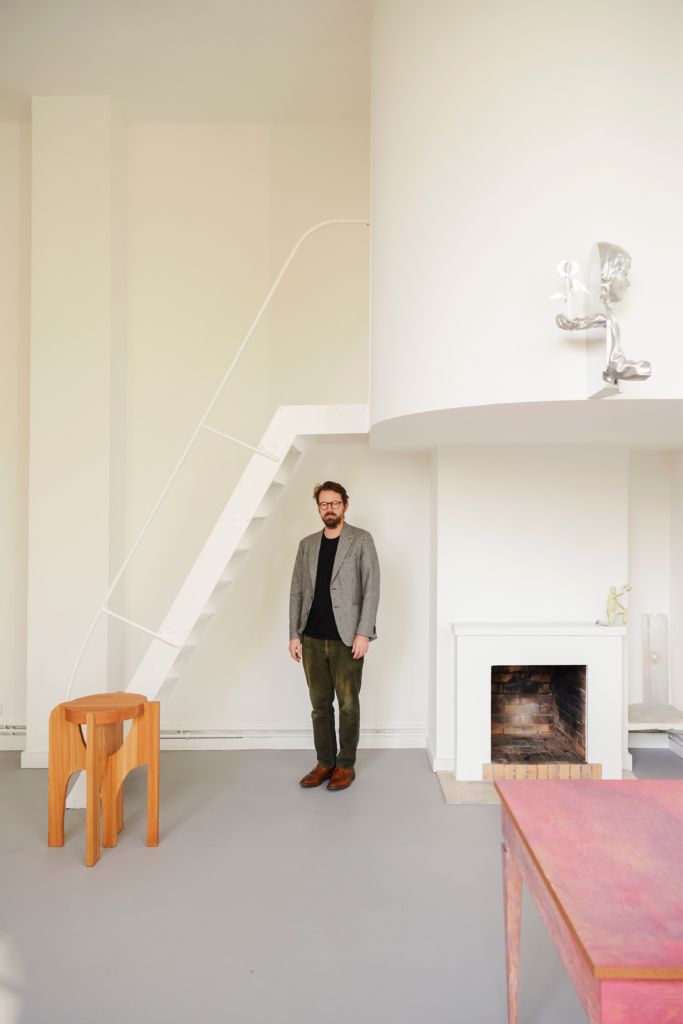
© Adrien Dirand



© Adrien Dirand
Born in Pessac in 1978, Benoît Maire lives and works in Bordeaux.
After studying philosophy at the Sorbonne, he enrolled at Villa Arson in Nice in 2002. In 2005 he was awarded a research residency at the Palais de Tokyo in Paris, where he mounted an exhibition in 2008. In 2010 he won the Ricard Foundation Prize and the CNAP Image/Movement award, followed in 2017 by the SOLO Prize at Art Brussels. As the 2017 winner of the “artistic 1%” program of the MÉCA (House of the Creative and Cultural Economy in Nouvelle Aquitaine), he created Un Détail, a monumental bronze half-head of Hermes that stands in front of the new FRAC Aquitaine-MÉCA building in Bordeaux. In 2018, the CAPC in Bordeaux devoted a major retrospective to his work entitled Thèbes, which was then exhibited at Spike Island in Bristol, UK. In 2021–2022 he was a resident at Villa Medici – the French Academy in Rome.
His pluridisciplinary approach seeks to defy categories, to blur boundaries. Maire takes an equal interest in painting and sculpture, installation, video, design and architecture. He also produces exhibitions, publications and performances. He often collaborates with other artists, as well as philosophers and musicians. In 2012, Maire initiated a series of Peintures de Nuages (“Cloud Paintings”), focusing on a pictorial practice that he perceives as an ontological investigation. Since 2015 he has been an associate of the Ker-Xavier architectural collective, creating limited editions of furniture, objects that he considers to be sculptures with added restrictions. For more than ten years, his process has focused on the question of measurement, proposing an allegory of philosophy as a relation of calculation between man and his environment.
His works have been presented in Rome, Berlin, London and San Francisco, and are included in the collections of many museums in France and around the world, including the Musée National d’Art Moderne/Paris, the Centre Georges Pompidou/Paris, Vancouver Art Gallery and the Mudac in Lausanne. Benoît Maire is represented by the galleries Nathalie Obadia in Paris, Croy Nielsen in Vienna and Meessen De Clercq in Brussels.
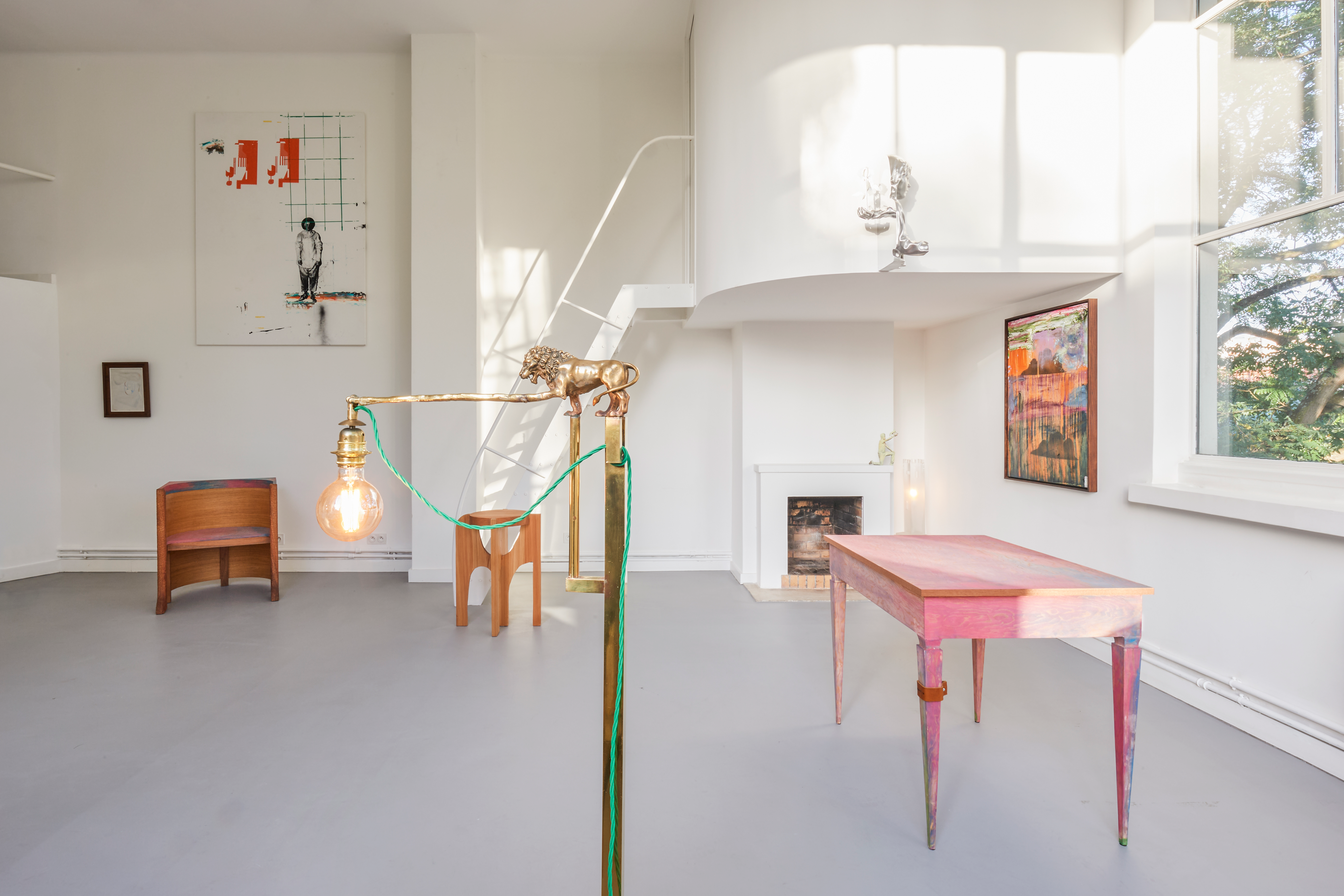
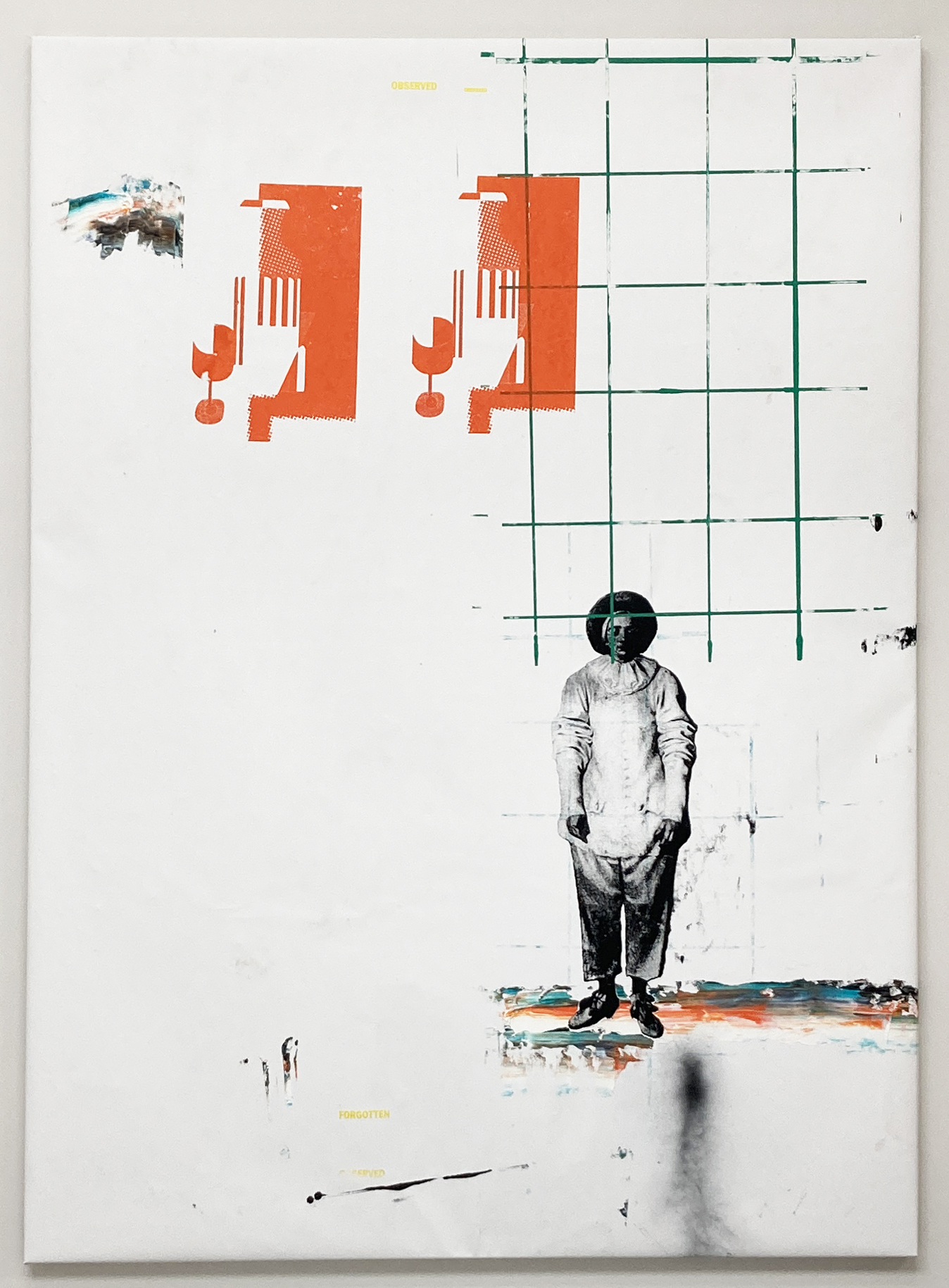
Screen printing ink, oil paint and acrylic spray on coated canvas
Special commission by Genius Loci. Courtesy Benoît Maire / Galerie Nathalie Obadia © Adrien Dirand
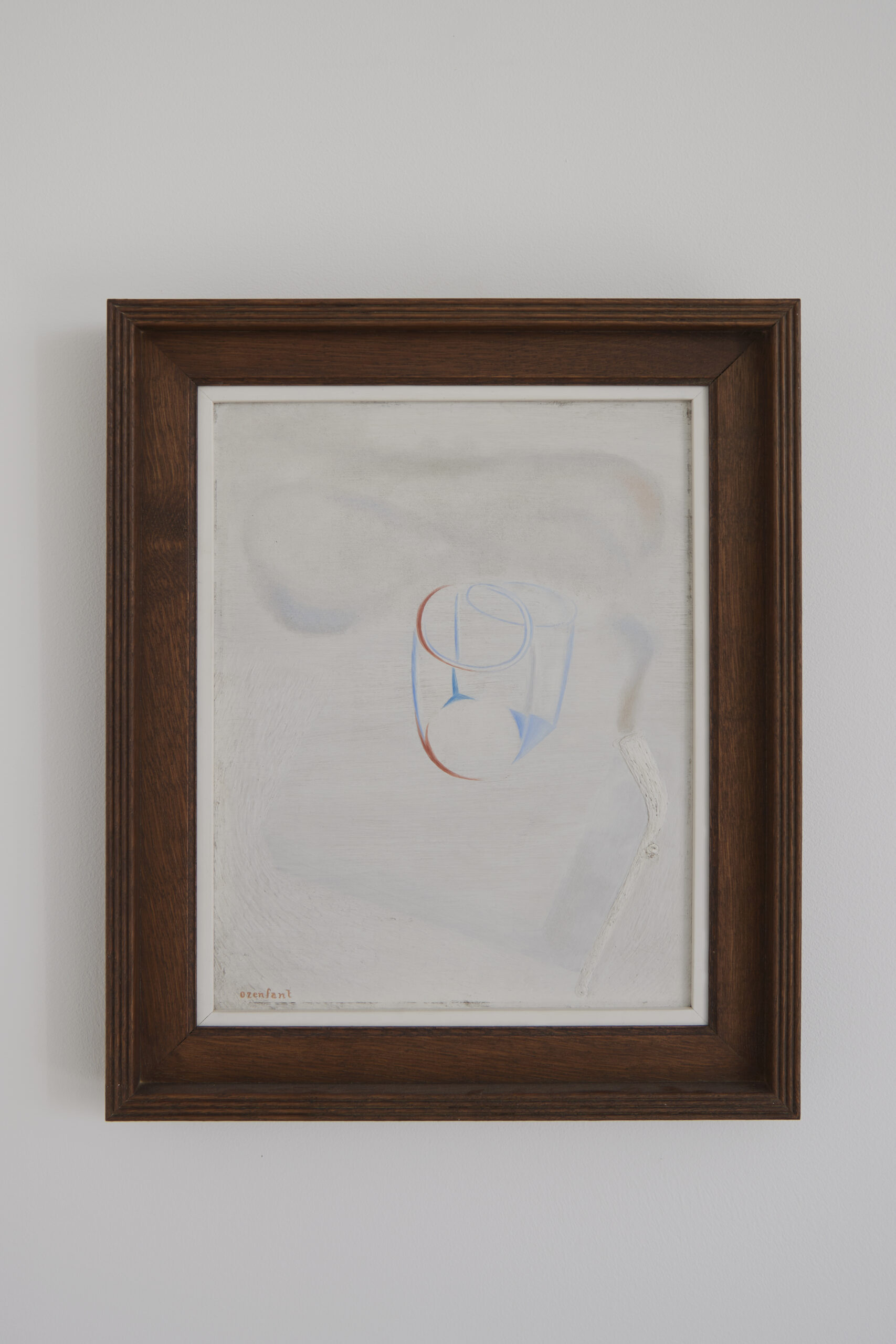
Oil on canvas
Private collection © Adrien Dirand
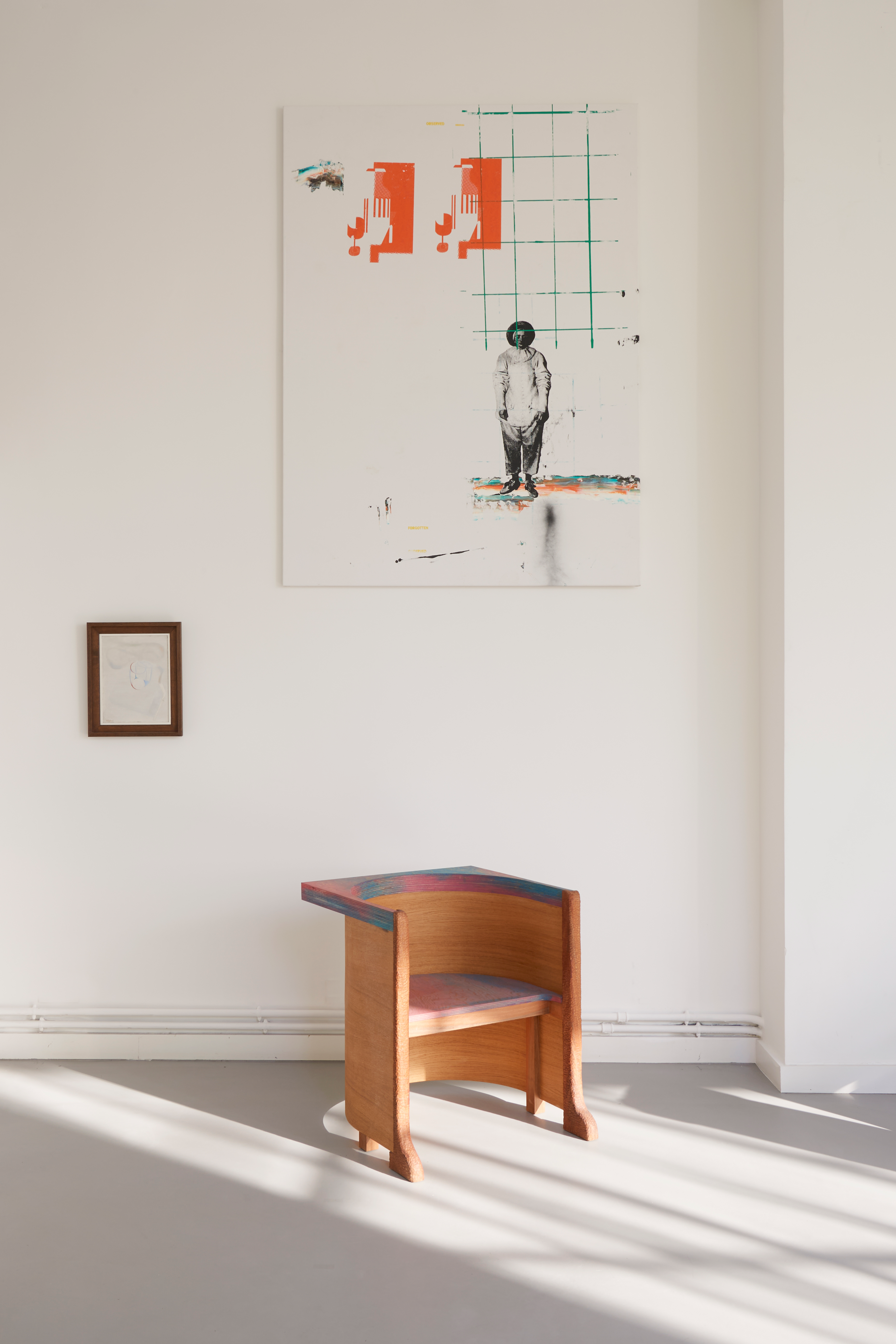
© Adrien Dirand
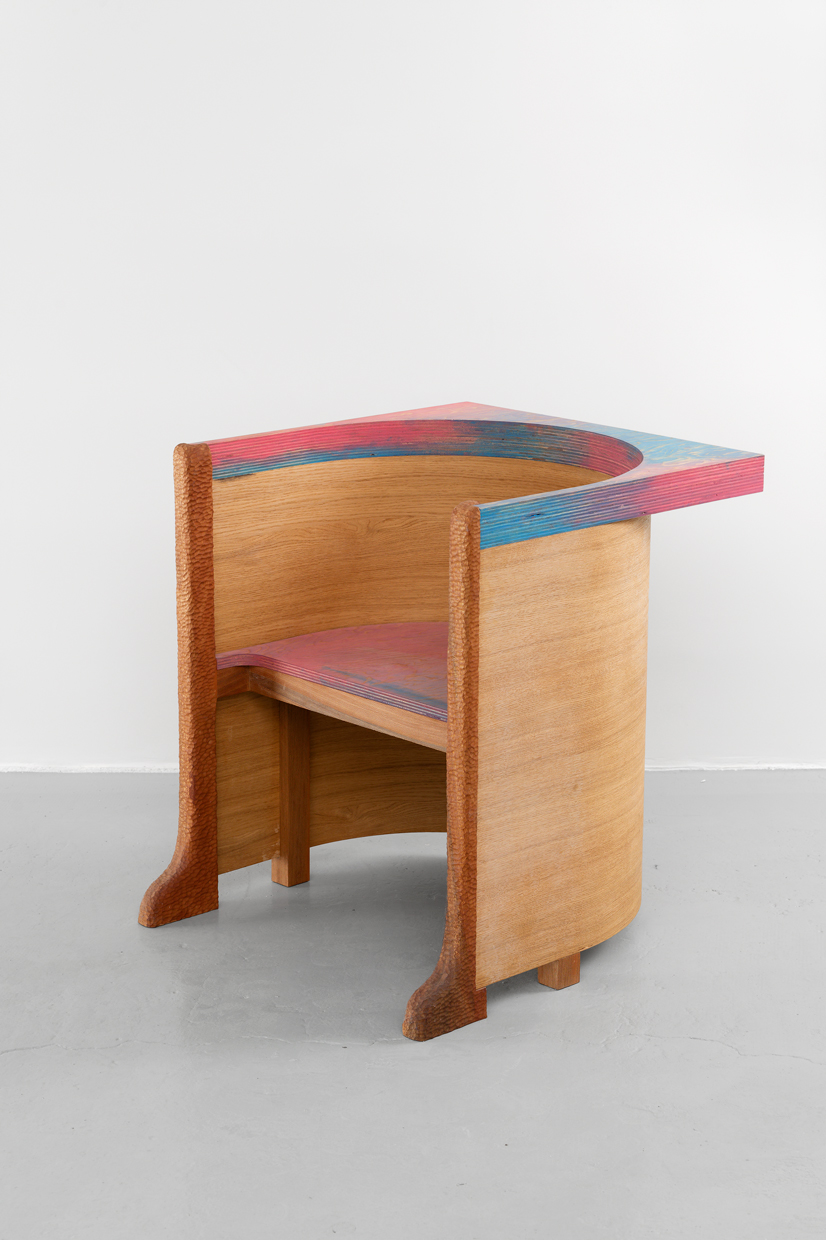
Bent pine, oak and walnut marquetry, chestnut, wood stain
Courtesy Ker-Xavier © Adrien Dirand
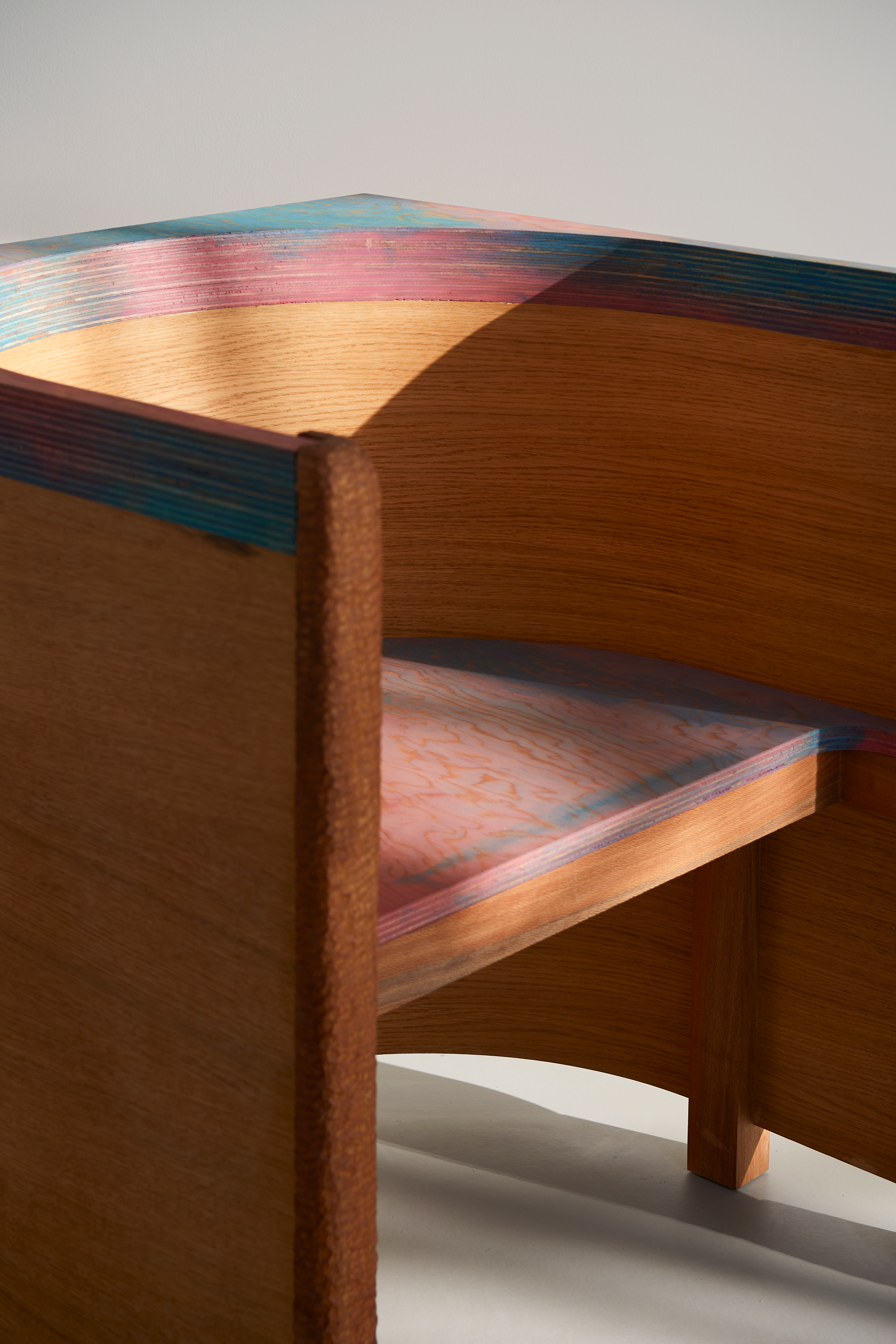
Bent pine, oak and walnut marquetry, chestnut, wood stain
Courtesy Ker-Xavier © Adrien Dirand
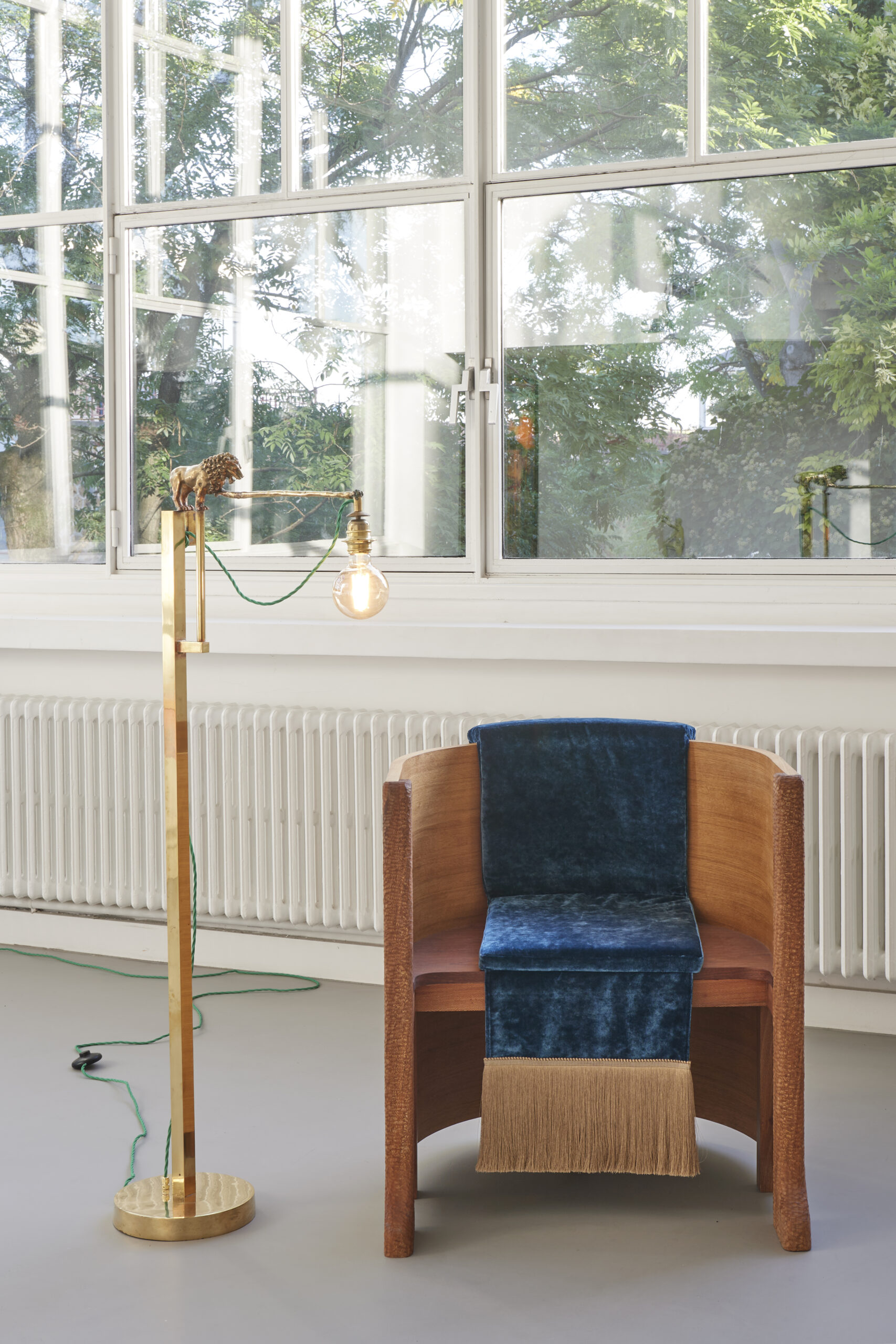
Fauteuil Romain (right) - 2022-2023
Courtesy Ker-Xavier © Adrien Dirand
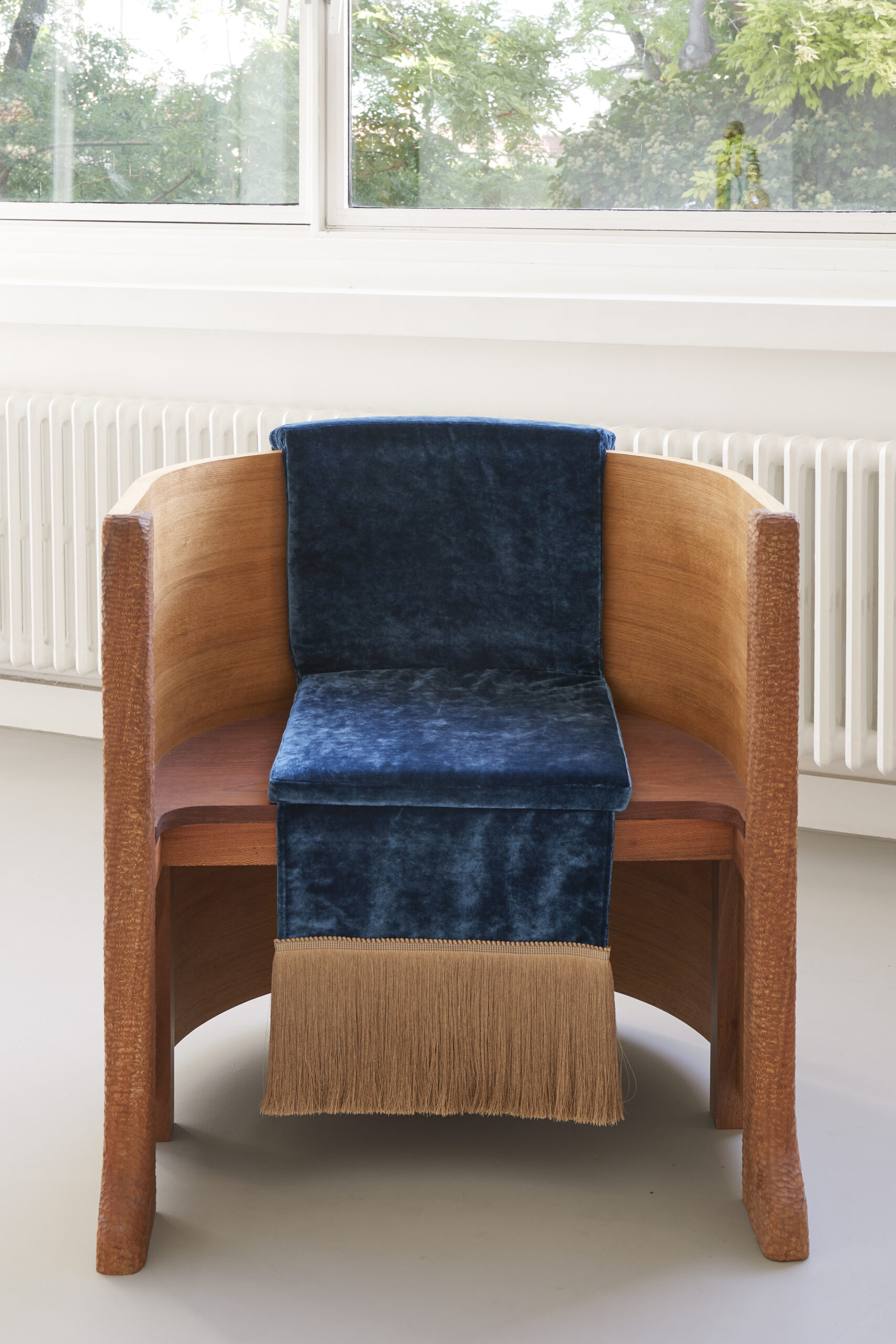
Bent pine, oak and walnut marquetry, chestnut, floral cushion in Egyptian blue James velvet by MISIA
Courtesy Ker-Xavier © Adrien Dirand
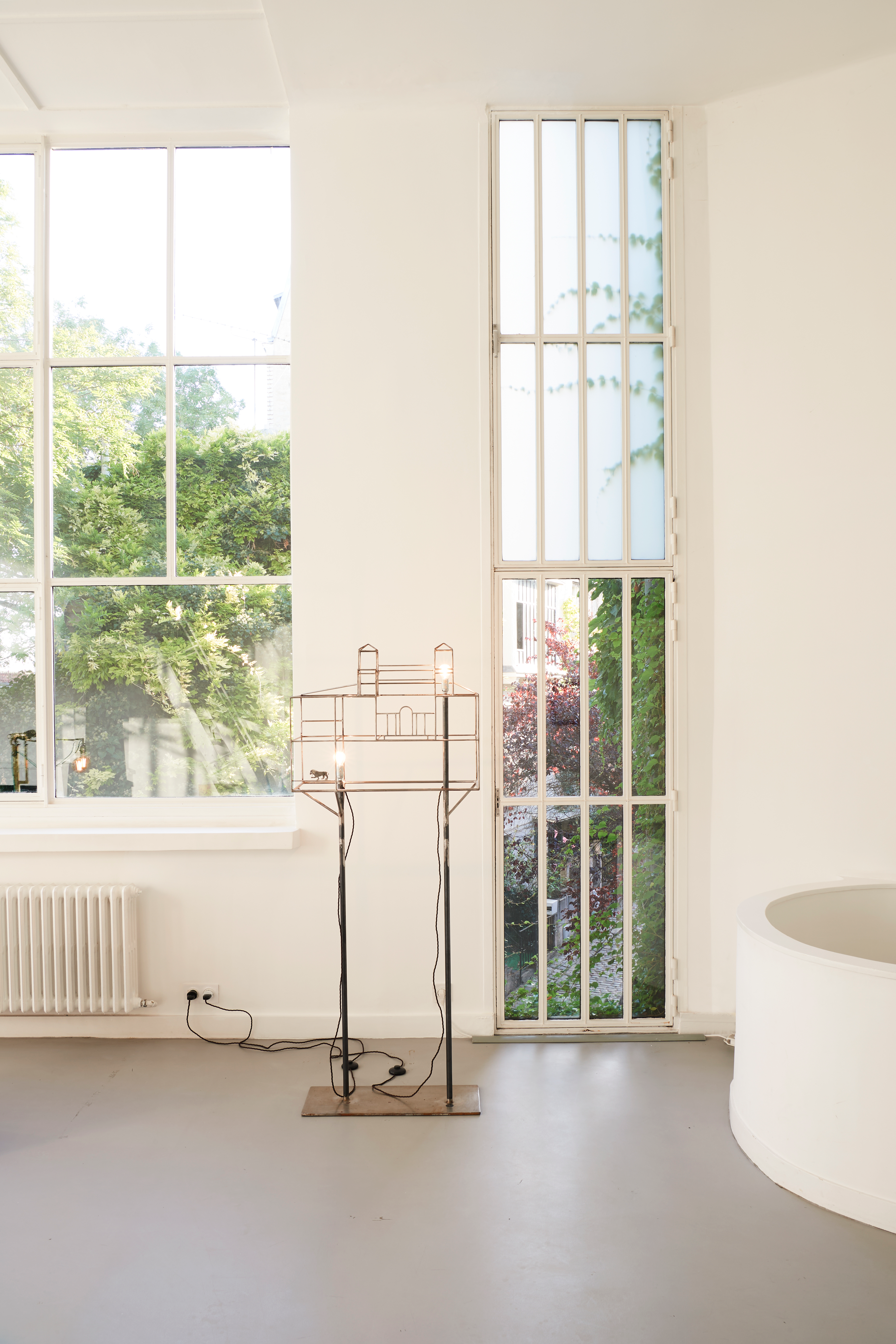
Steel
Courtesy Ker-Xavier © Adrien Dirand
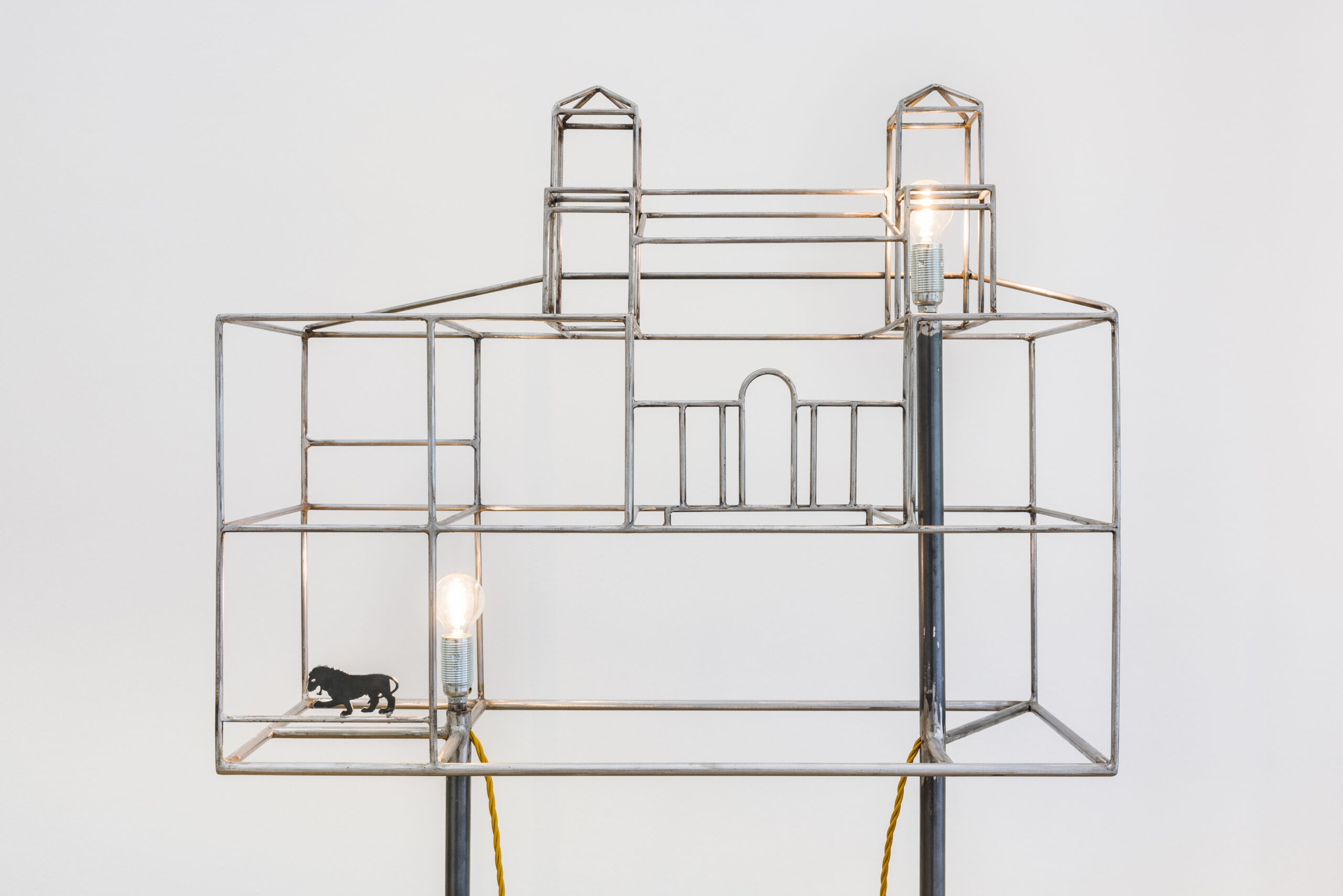
Steel
Courtesy Ker-Xavier © Adrien Dirand

Steel with cloth shade
Courtesy Ker-Xavier © Adrien Dirand
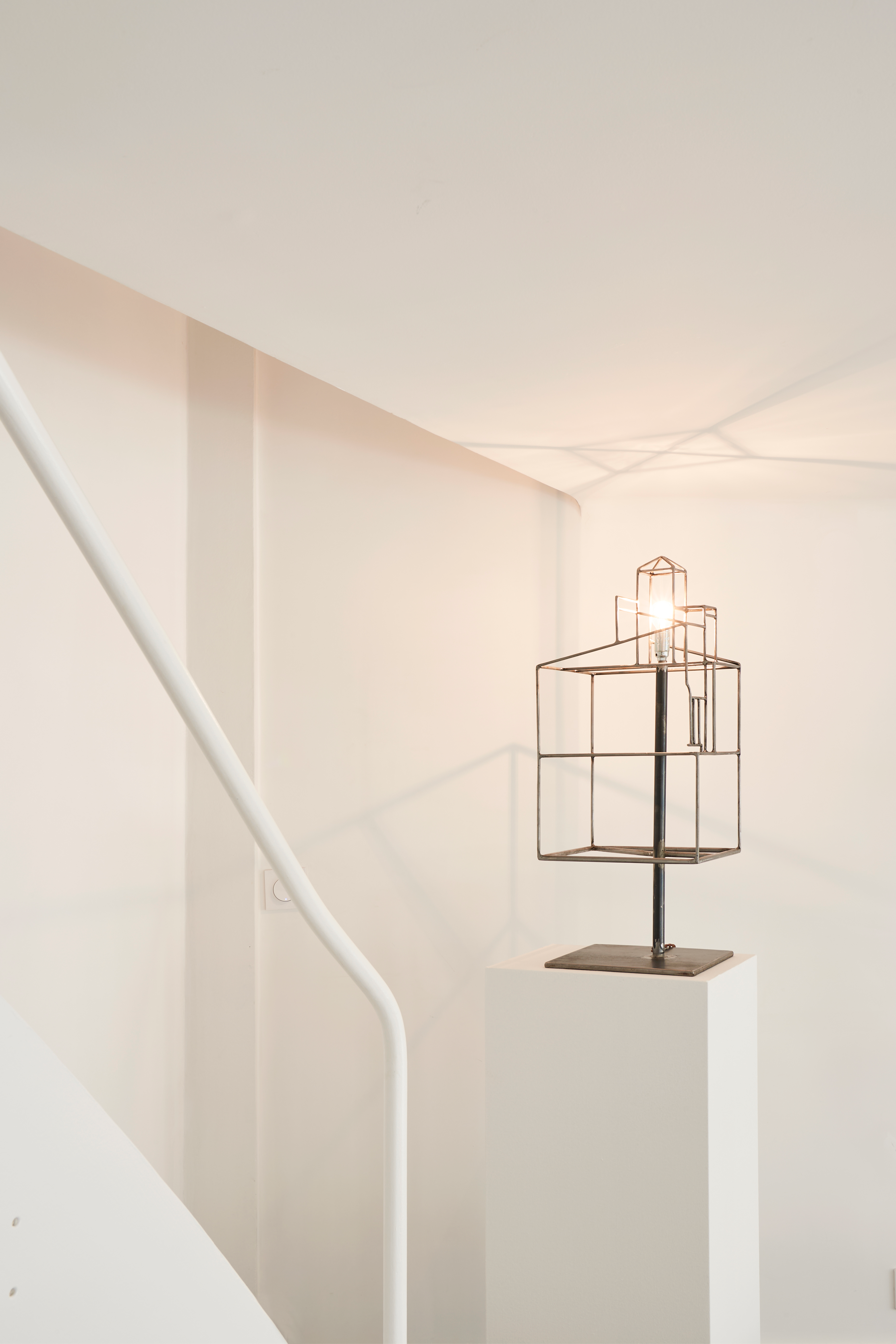
Steel
Courtesy Ker-Xavier © Adrien Dirand
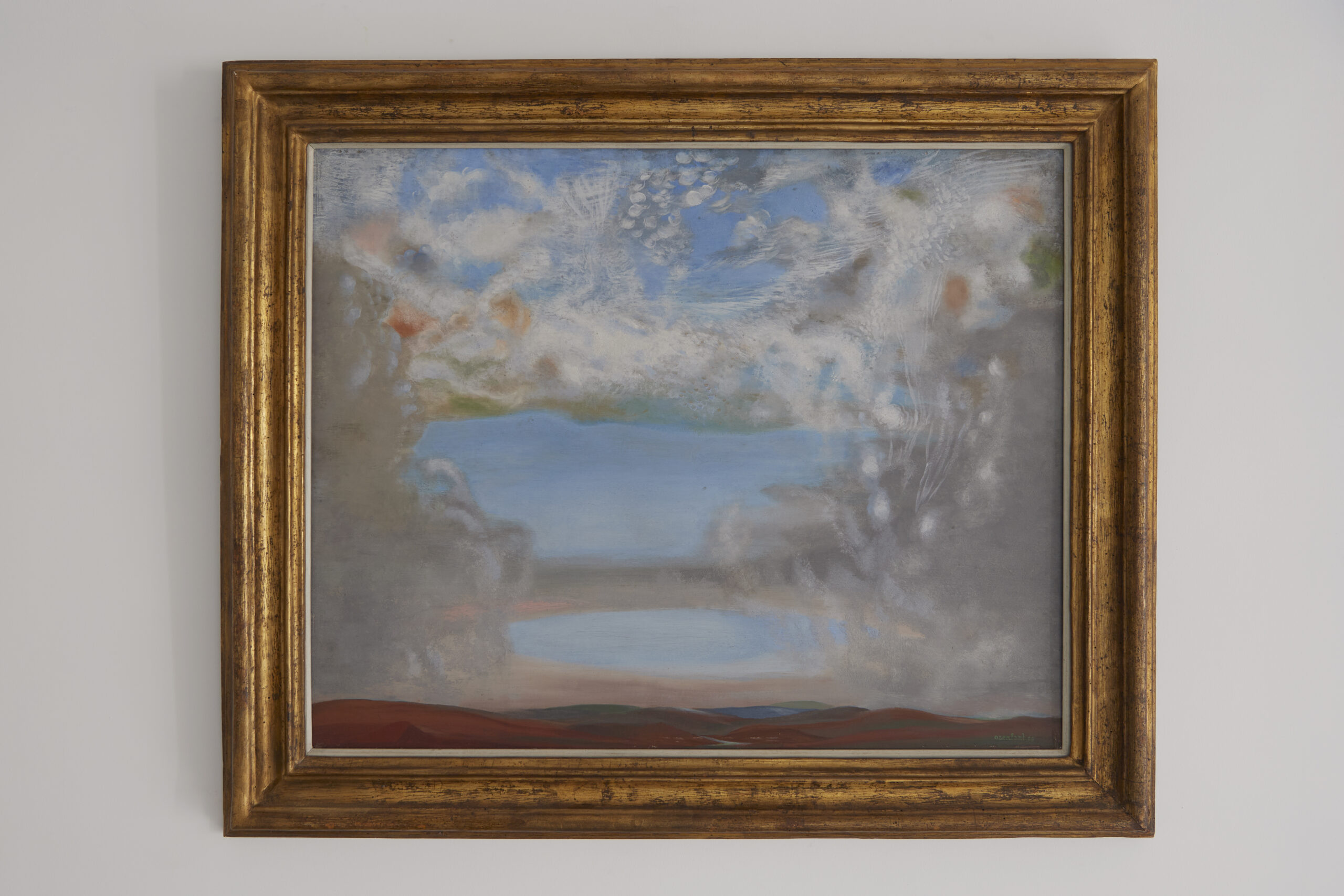
Oil on canvas
Private collection © Adrien Dirand

Video animation
Courtesy Galerie Nathalie Obadia © Adrien Dirand
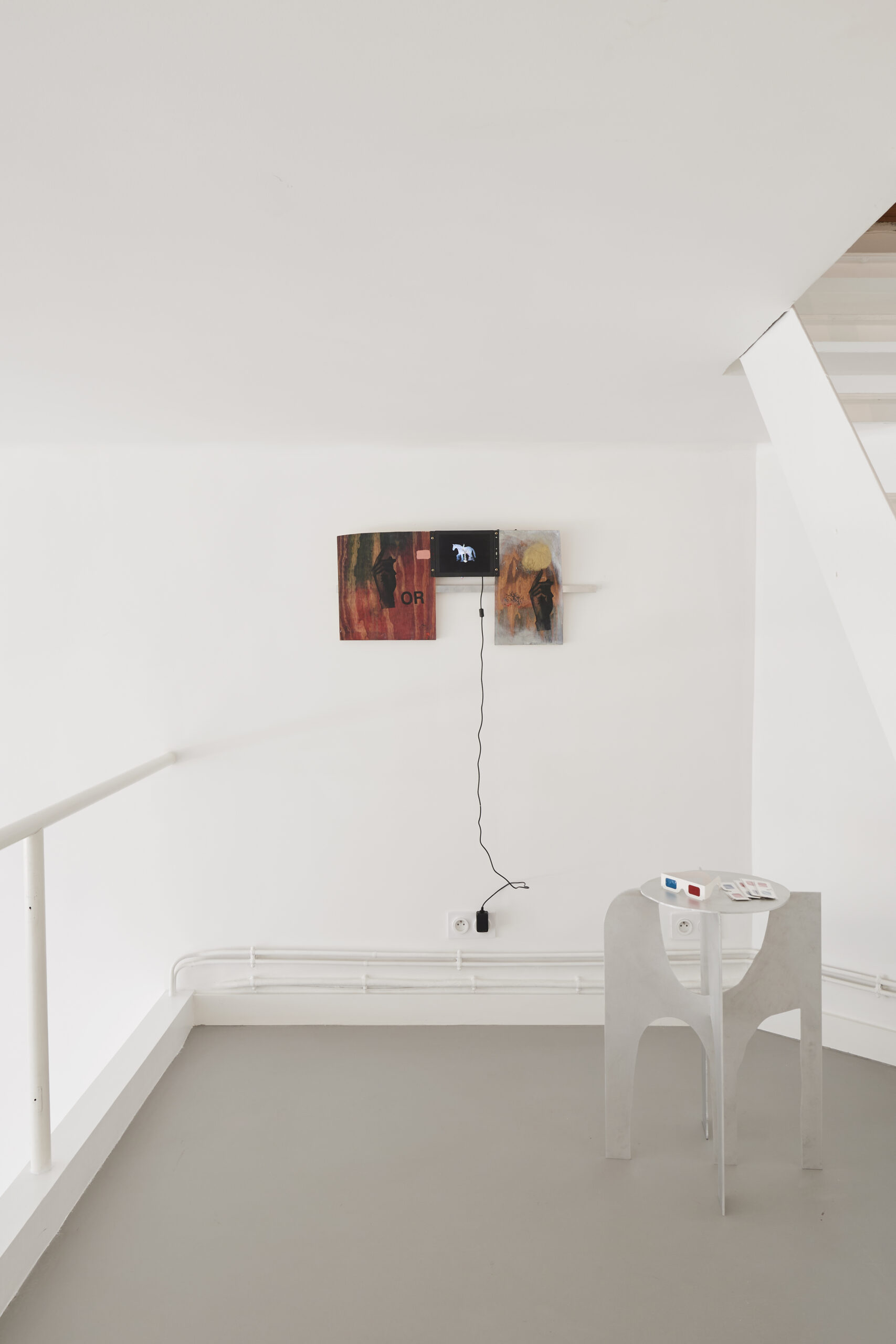
Guéridon primitif - 2022-2023
© Adrien Dirand
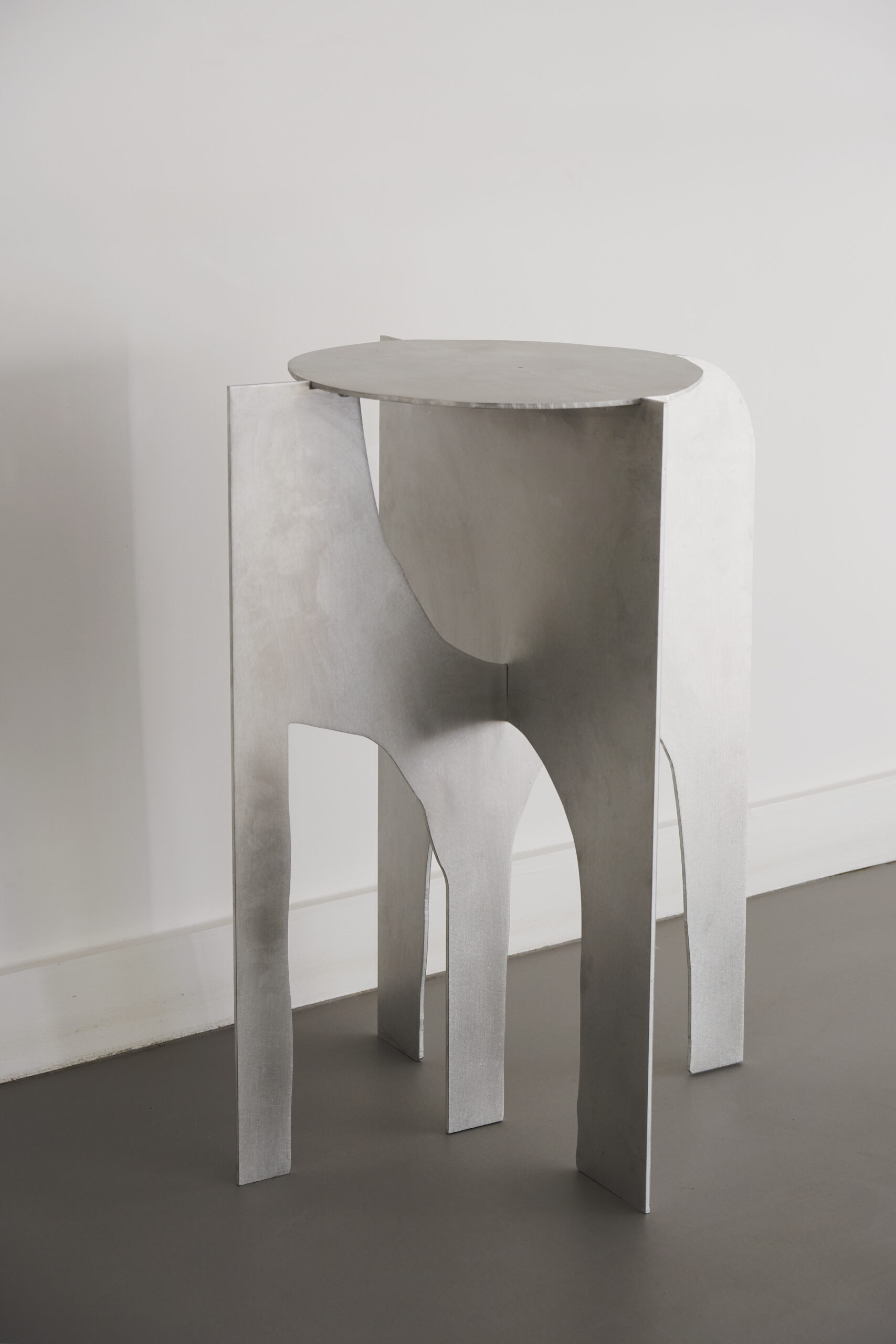
Welded Aluminum
Courtesy Ker-Xavier © Adrien Dirand
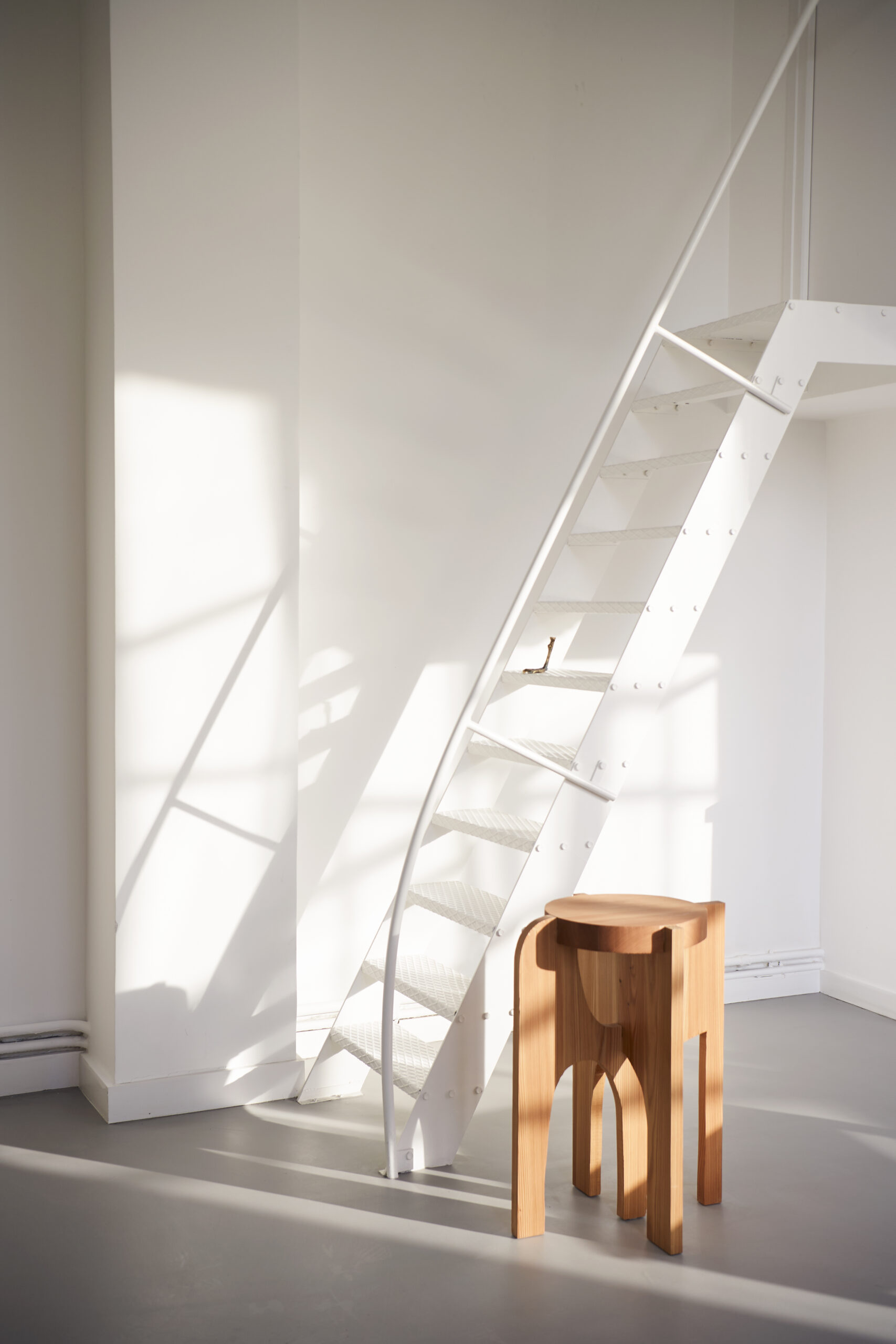
Larch and Walnut
Courtesy Ker-Xavier © Adrien Dirand
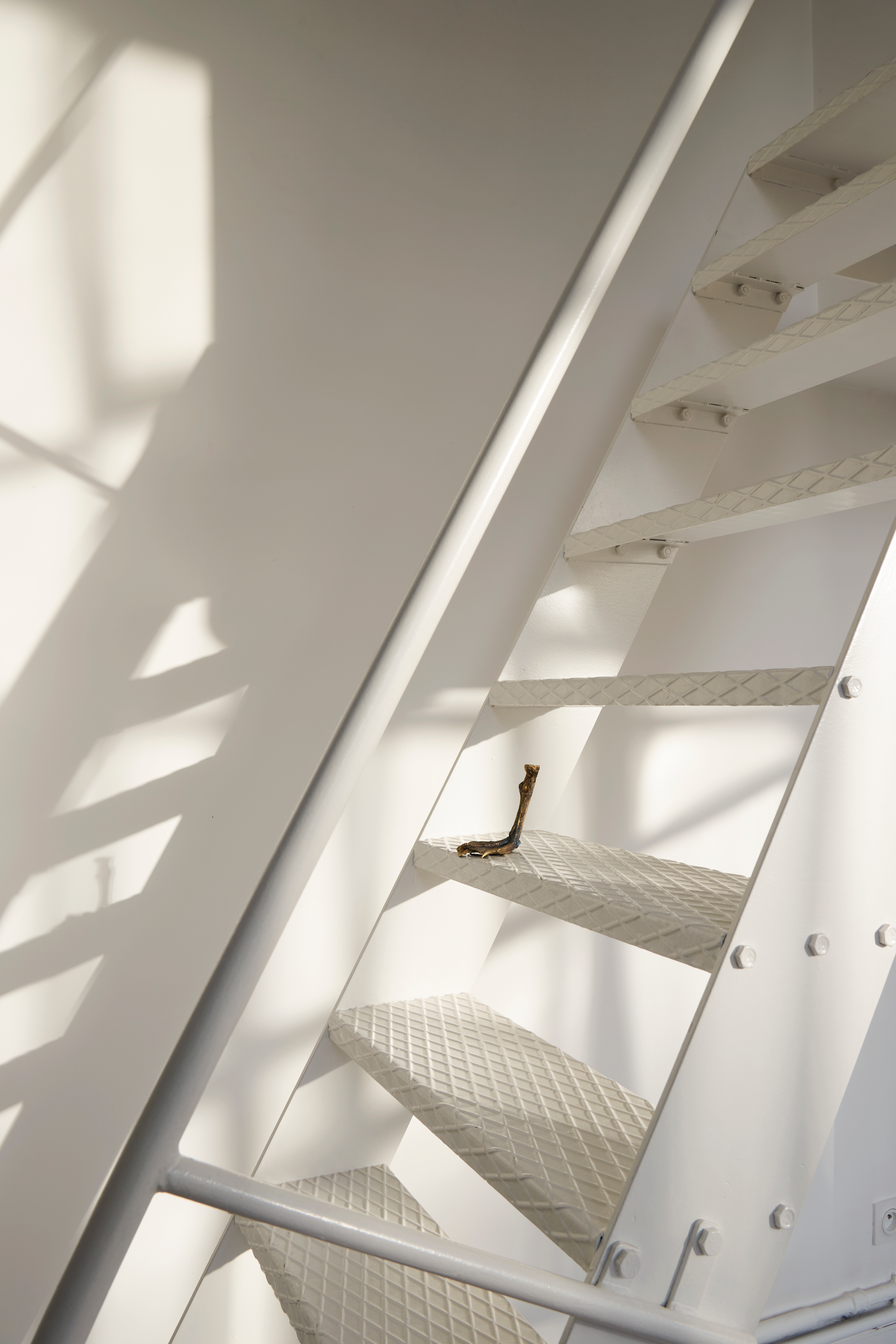
Bronze duck leg
© Adrien Dirand
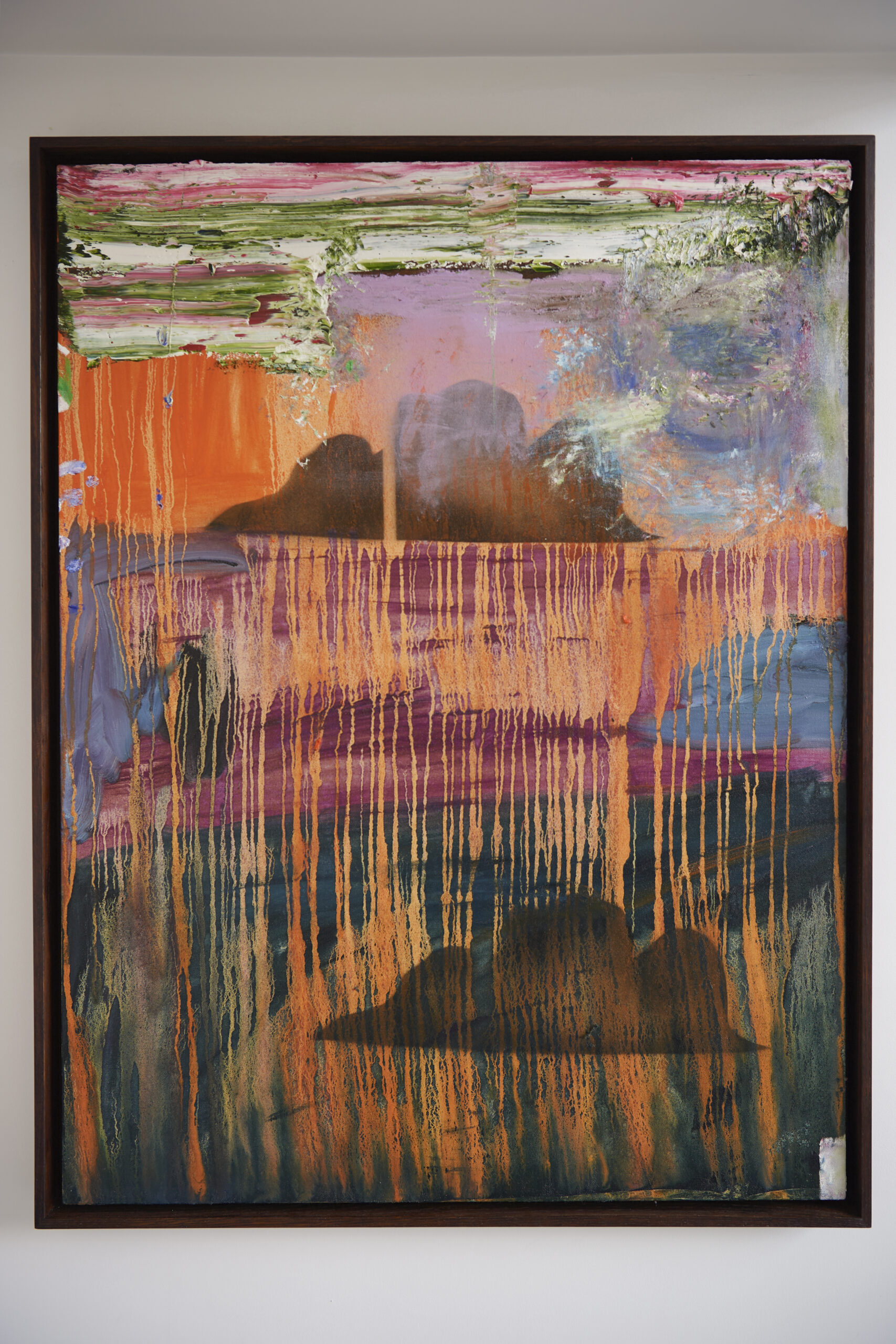
Oil on canvas
Courtesy Galerie Nathalie Obadia © Adrien Dirand
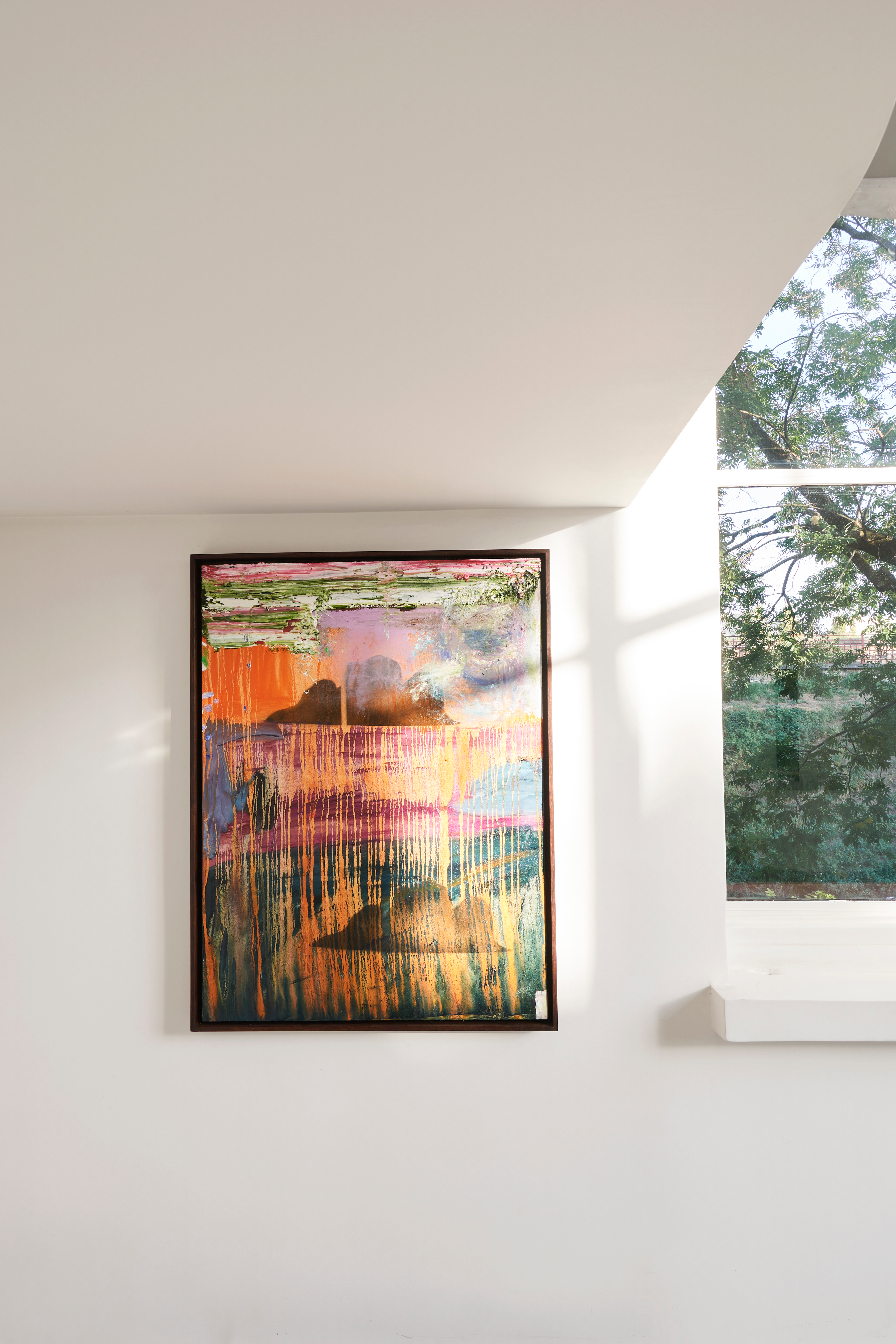
Oil on canvas
Courtesy Galerie Nathalie Obadia © Adrien Dirand
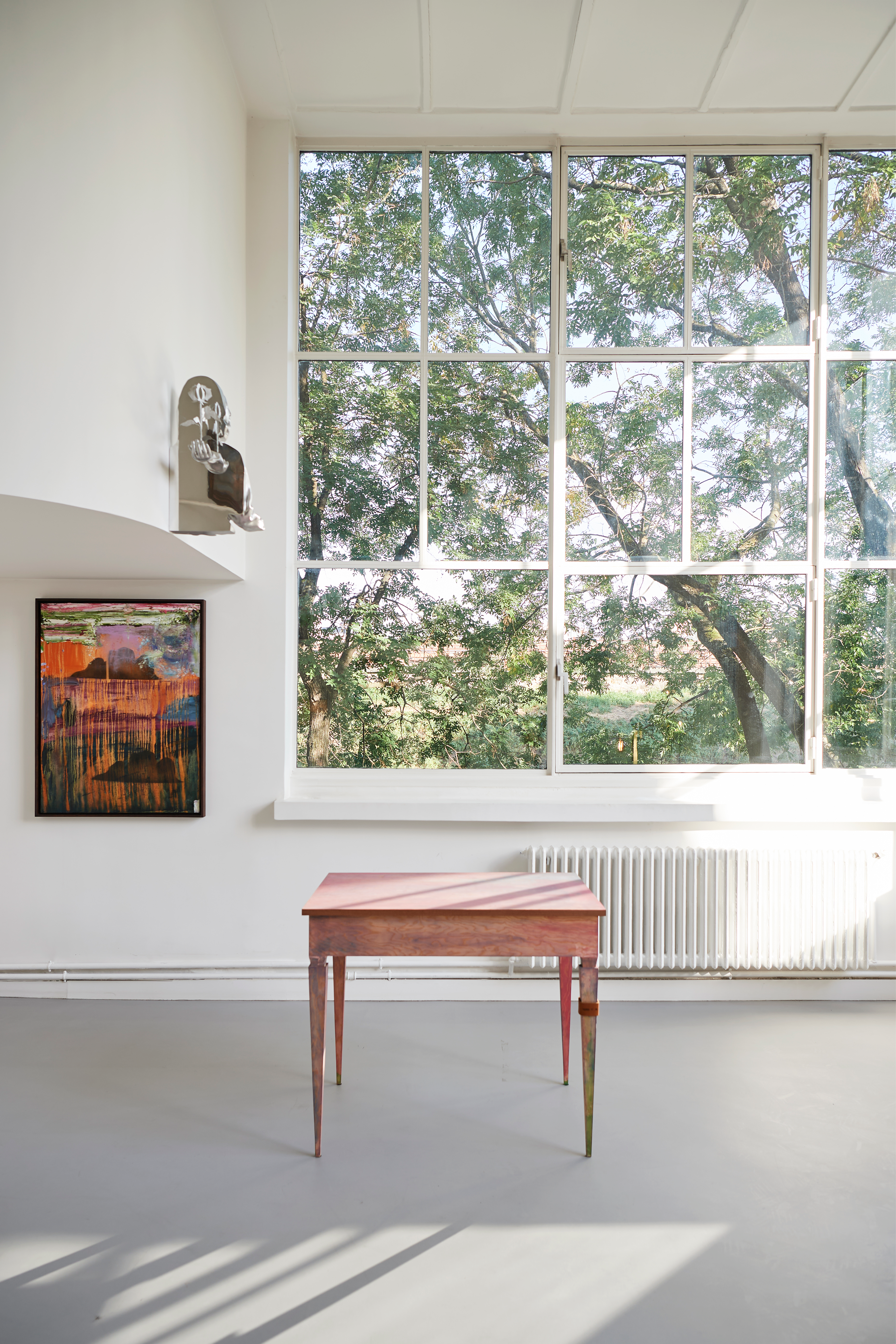
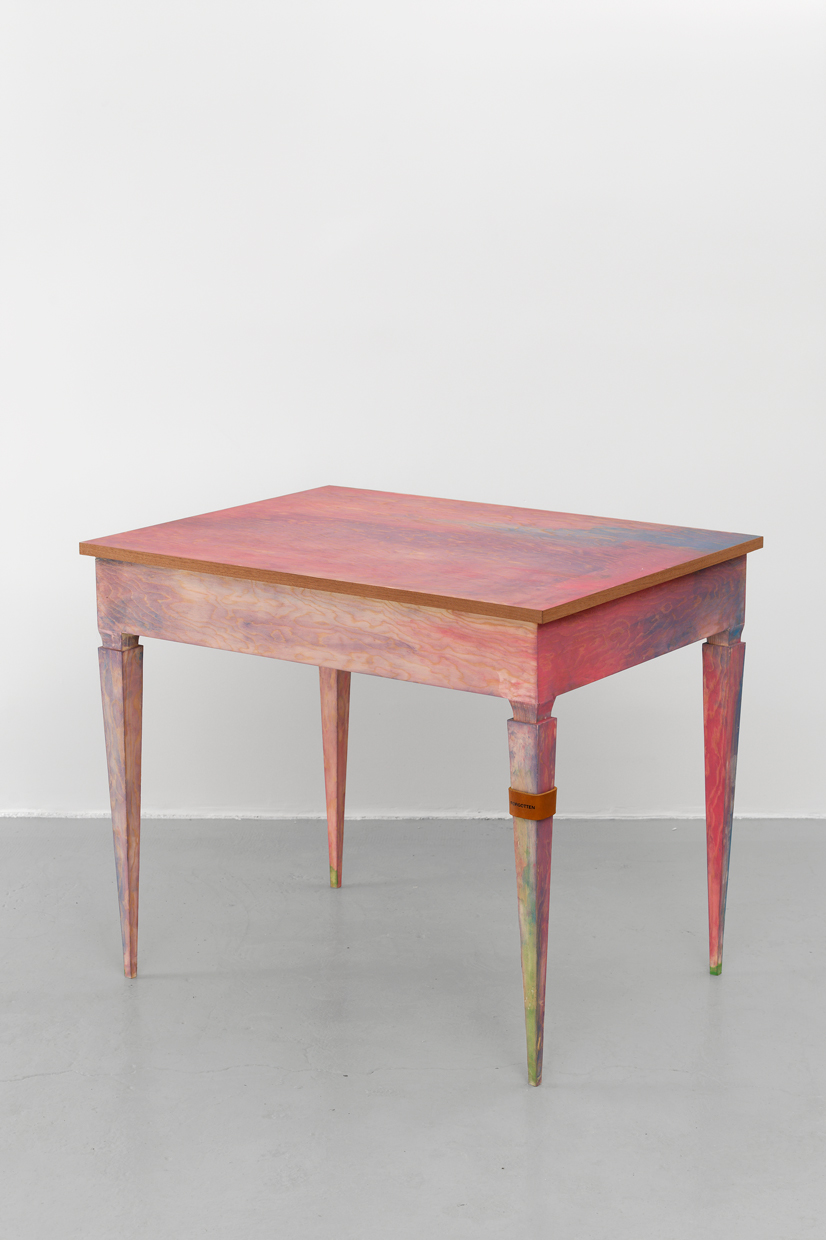
Stained pine, leather
Courtesy Ker-Xavier © Adrien Dirand
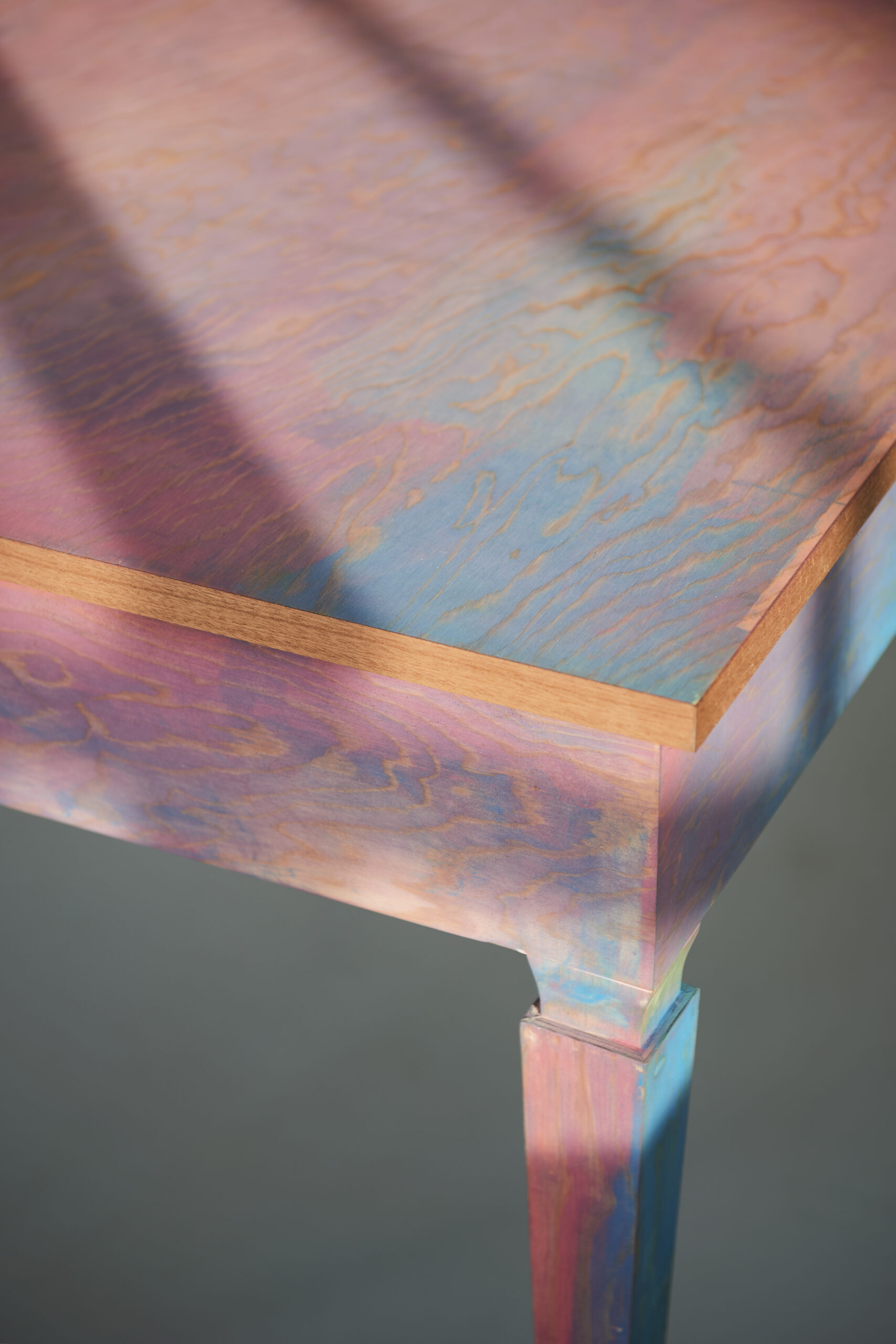
Stained pine, leather
Courtesy Ker-Xavier © Adrien Dirand
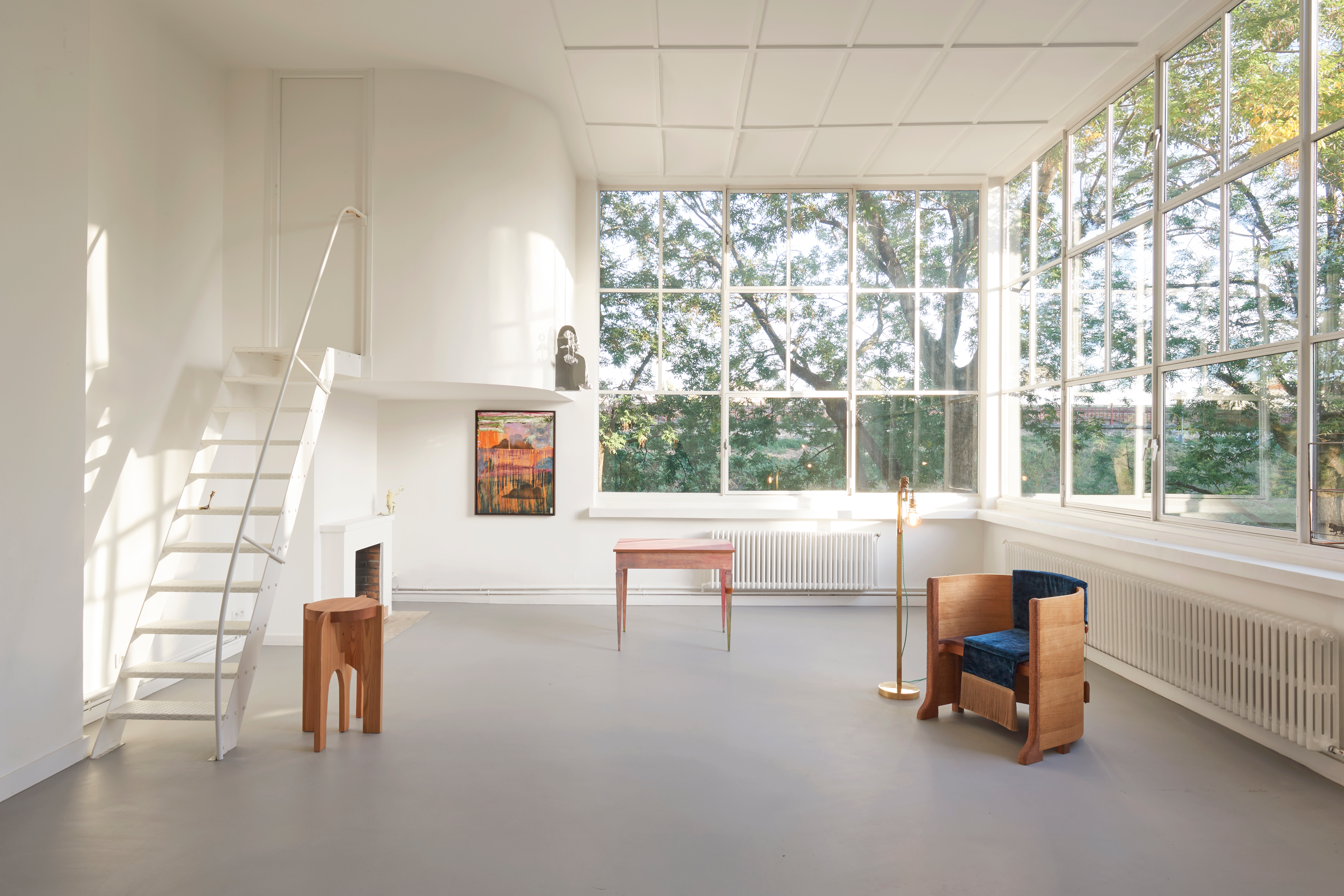
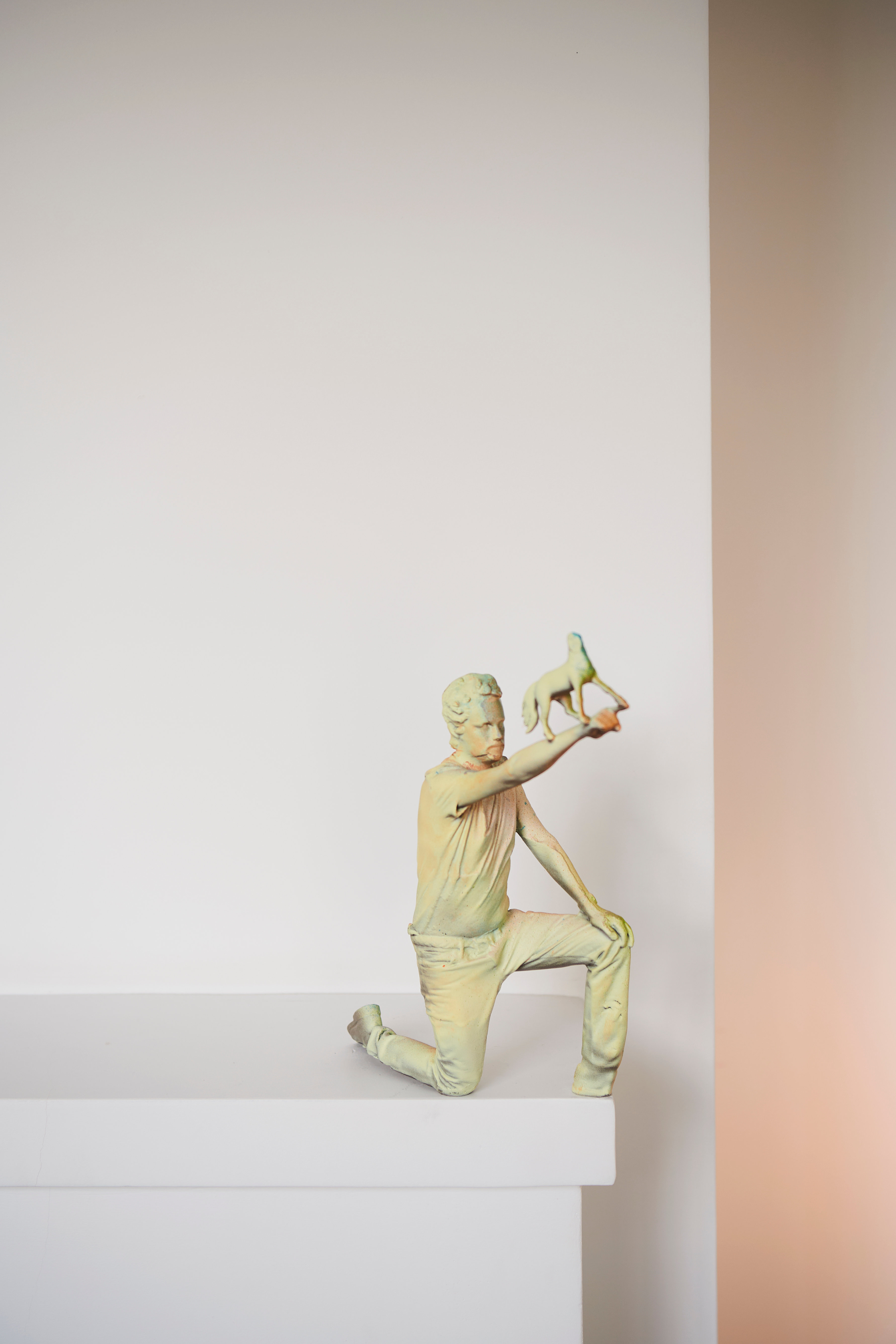
Painted bronze
Courtesy Benoît Maire / Galerie Nathalie Obadia © Adrien Dirand
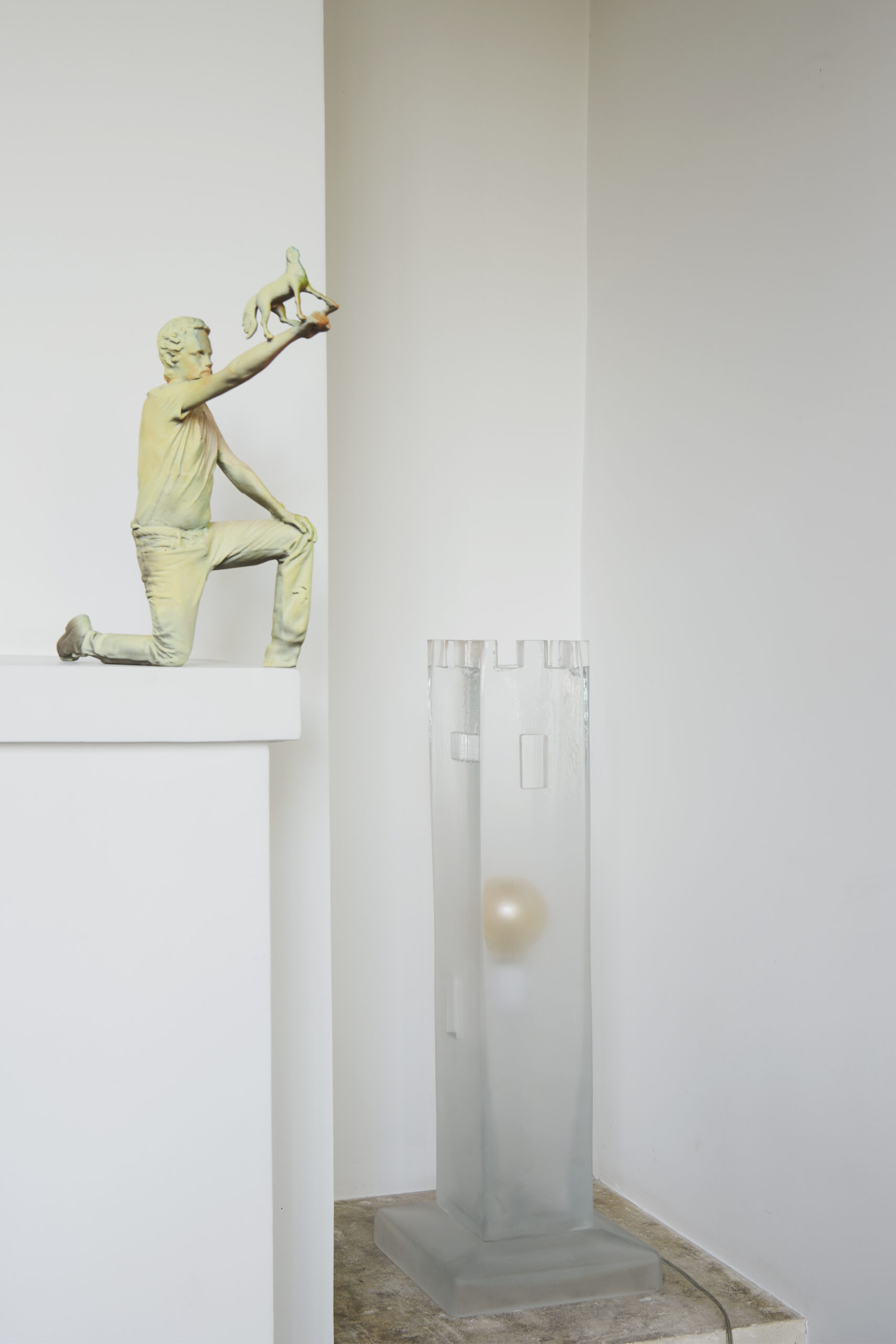
Lampe de Sienne - 2022-2023, Courtesy Ker-Xavier
© Adrien Dirand
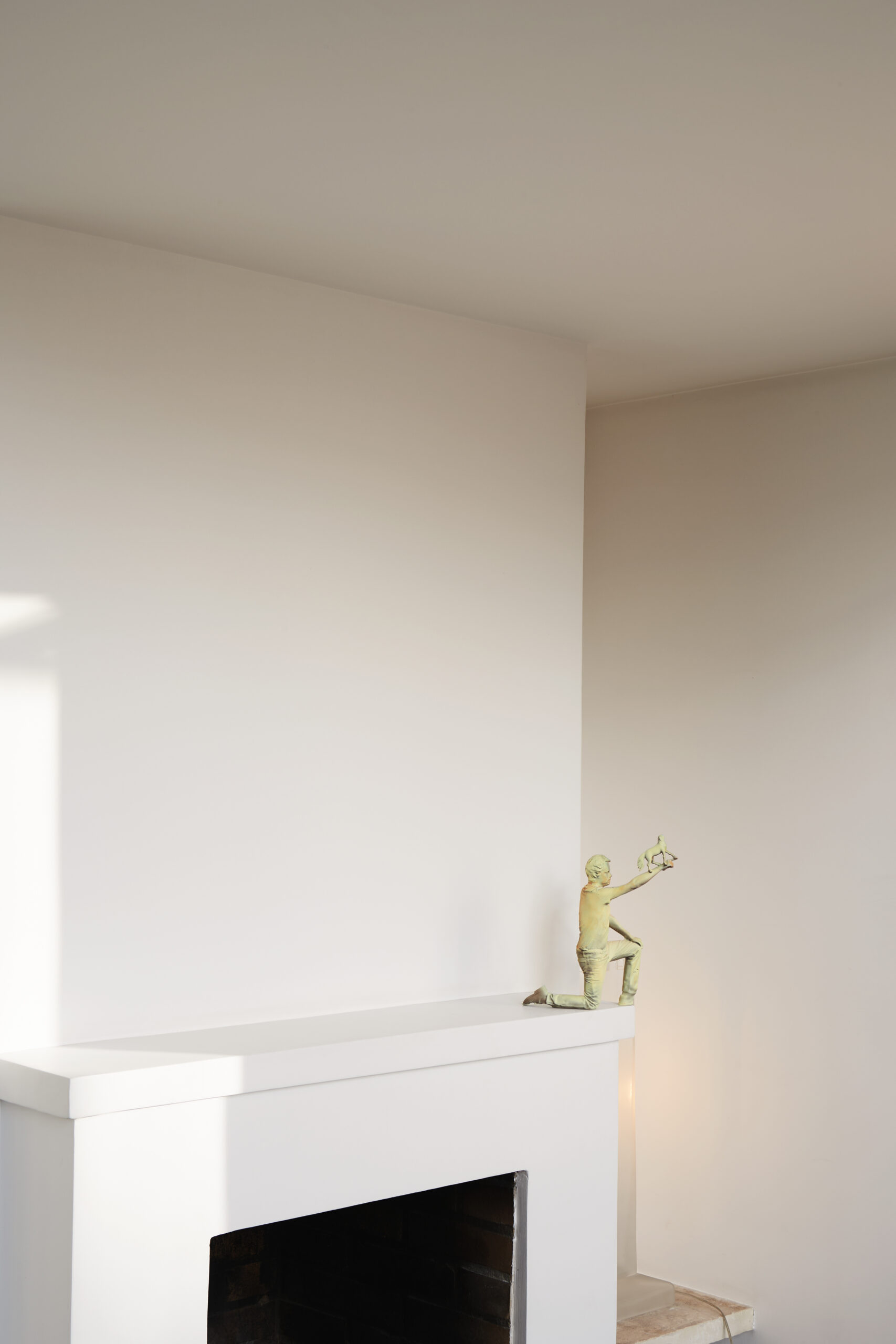
Painted bronze
Courtesy Benoît Maire / Galerie Nathalie Obadia © Adrien Dirand

Fuite Indexée - 2023
© Adrien Dirand

Welded aluminum
Courtesy Benoît Maire / Galerie Nathalie Obadia © Adrien Dirand


Screen printing ink, oil paint and acrylic spray on coated canvas
Special commission by Genius Loci. Courtesy Benoît Maire / Galerie Nathalie Obadia © Adrien Dirand

Oil on canvas
Private collection © Adrien Dirand

© Adrien Dirand

Bent pine, oak and walnut marquetry, chestnut, wood stain
Courtesy Ker-Xavier © Adrien Dirand

Bent pine, oak and walnut marquetry, chestnut, wood stain
Courtesy Ker-Xavier © Adrien Dirand

Fauteuil Romain (right) - 2022-2023
Courtesy Ker-Xavier © Adrien Dirand

Bent pine, oak and walnut marquetry, chestnut, floral cushion in Egyptian blue James velvet by MISIA
Courtesy Ker-Xavier © Adrien Dirand

Steel
Courtesy Ker-Xavier © Adrien Dirand

Steel
Courtesy Ker-Xavier © Adrien Dirand

Steel with cloth shade
Courtesy Ker-Xavier © Adrien Dirand

Steel
Courtesy Ker-Xavier © Adrien Dirand

Oil on canvas
Private collection © Adrien Dirand

Video animation
Courtesy Galerie Nathalie Obadia © Adrien Dirand

Guéridon primitif - 2022-2023
© Adrien Dirand

Welded Aluminum
Courtesy Ker-Xavier © Adrien Dirand

Larch and Walnut
Courtesy Ker-Xavier © Adrien Dirand

Bronze duck leg
© Adrien Dirand

Oil on canvas
Courtesy Galerie Nathalie Obadia © Adrien Dirand

Oil on canvas
Courtesy Galerie Nathalie Obadia © Adrien Dirand


Stained pine, leather
Courtesy Ker-Xavier © Adrien Dirand

Stained pine, leather
Courtesy Ker-Xavier © Adrien Dirand


Painted bronze
Courtesy Benoît Maire / Galerie Nathalie Obadia © Adrien Dirand

Lampe de Sienne - 2022-2023, Courtesy Ker-Xavier
© Adrien Dirand

Painted bronze
Courtesy Benoît Maire / Galerie Nathalie Obadia © Adrien Dirand

Fuite Indexée - 2023
© Adrien Dirand

Welded aluminum
Courtesy Benoît Maire / Galerie Nathalie Obadia © Adrien Dirand






Founded in 1666 by Louis XIV, the French Academy in Rome – Villa Medici is a French institution located, since 1803, in the Villa Medici, a 16th-century villa surrounded by a seventeen-acre park, on the Pincio Hill, in the heart of Rome.
A national public institution under the authority of the French Ministry of Culture, the French Academy in Rome – Villa Medici fulfils three complementary missions: to welcome high-level artists, creators and art historians in residence for one-year or shorter stays; to set up a cultural and artistic programme that includes all fields of the arts and creation and is aimed at a broad audience; to conserve, restore, study, its architectural and landscape heritage, as well as its art collections, known to the public.
The French Academy in Rome – Villa Medici is directed by Sam Stourdzé.
Ker-Xavier is a signature. Founded in Paris in 2011 by a group of graduates from the Paris-Belleville School of Architecture, Ker-Xavier engages with the lifestyles of a new century. Creators from the realm of the visual arts later joined the group to collaborate on projects at the crossroads of disciplines that often remain separate.
The Ker-Xavier studio creates furniture, porcelain pieces and textile works, in addition to scenography. Benoît Maire became a member of the architects’ collective in 2016, producing scenographic projects and furniture for the label.
Founded in 1953 by Osvaldo and Fulgenzio Borsani, Tecno Spa is an Italian furniture manufacturer. The company also develops interior design projects in collaboration with major international architectural firms like Norman Foster. Active in France, the label has set up its professional showroom in the Ozenfant Studio-House, built by Le Corbusier and Pierre Jeanneret in 1922 for the painter Amédée Ozenfant.
The fine art insurance brokerage firm Appia Art & Assurance was born of a collaboration between Edouard Bernard and Hadrien Brissaud. Since 2015, the founding partners’ mission has been to offer insurance solutions tailored to the needs of their professional and private clients: galleries, auction houses, art dealers, restorers, private collectors, museums and institutions, fine art shipping services, etc.
Cultivating a passion for art, wine and classic automobiles, Appia Art & Assurance offers its policy holders made-to-measure services and dedicated management. The confidentiality, responsiveness and efficiency of its team members are the key to its close relations with its clientele.
As innovators in nutrition, health, and beauty, dsm-firmenich reinvents, manufactures, and combines vital nutrients, flavors, and fragrances for the world’s growing population to thrive. With its comprehensive range of solutions, with natural and renewable ingredients and renowned science and technology capabilities, the Swiss-Dutch company, listed on the Euronext Amsterdam, works to create what is essential for life, desirable for consumers, and more sustainable for the planet.
The fine art insurance brokerage firm Appia Art & Assurance was born of a collaboration between Edouard Bernard and Hadrien Brissaud.
Since 2015, the founding partners’ mission has been to offer insurance solutions tailored to the needs of their professional and private clients: galleries, auction houses, art dealers, restorers, private collectors, museums and institutions, fine art shipping services, etc.
Cultivating a passion for art, wine and classic automobiles, Appia Art & Assurance offers its policy holders made-to-measure services and dedicated management. The confidentiality, responsiveness and efficiency of its team members are the key to its close relations with its clientele.